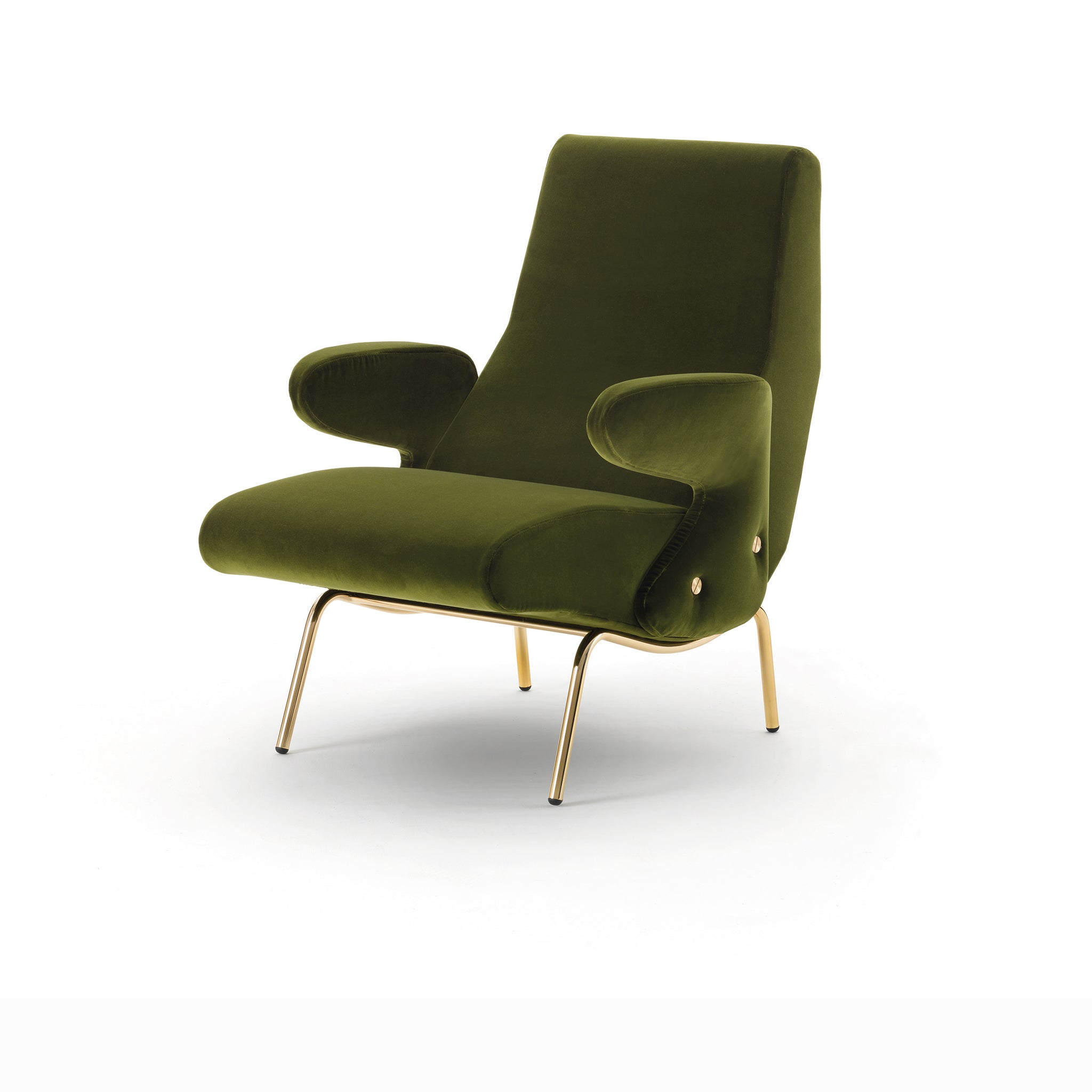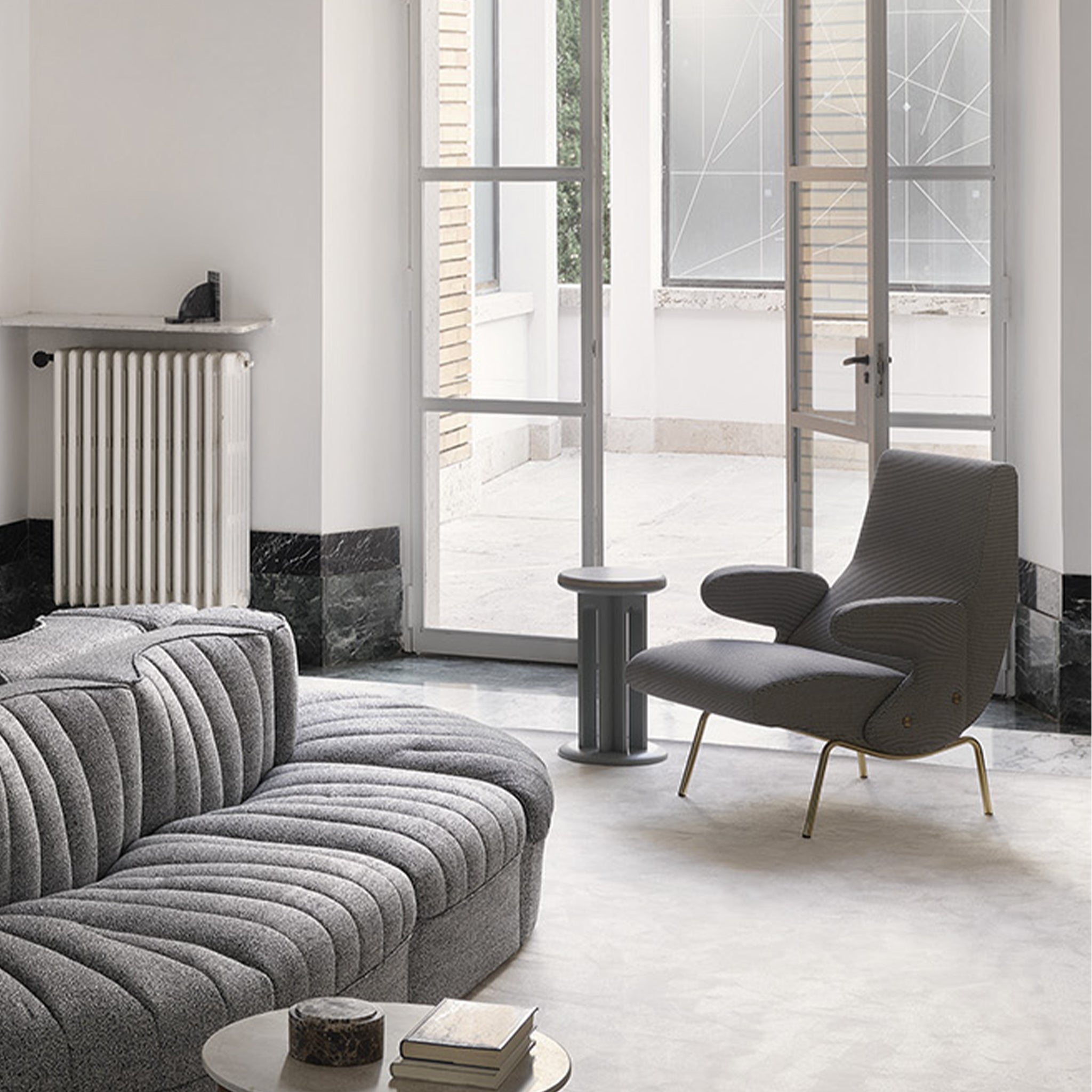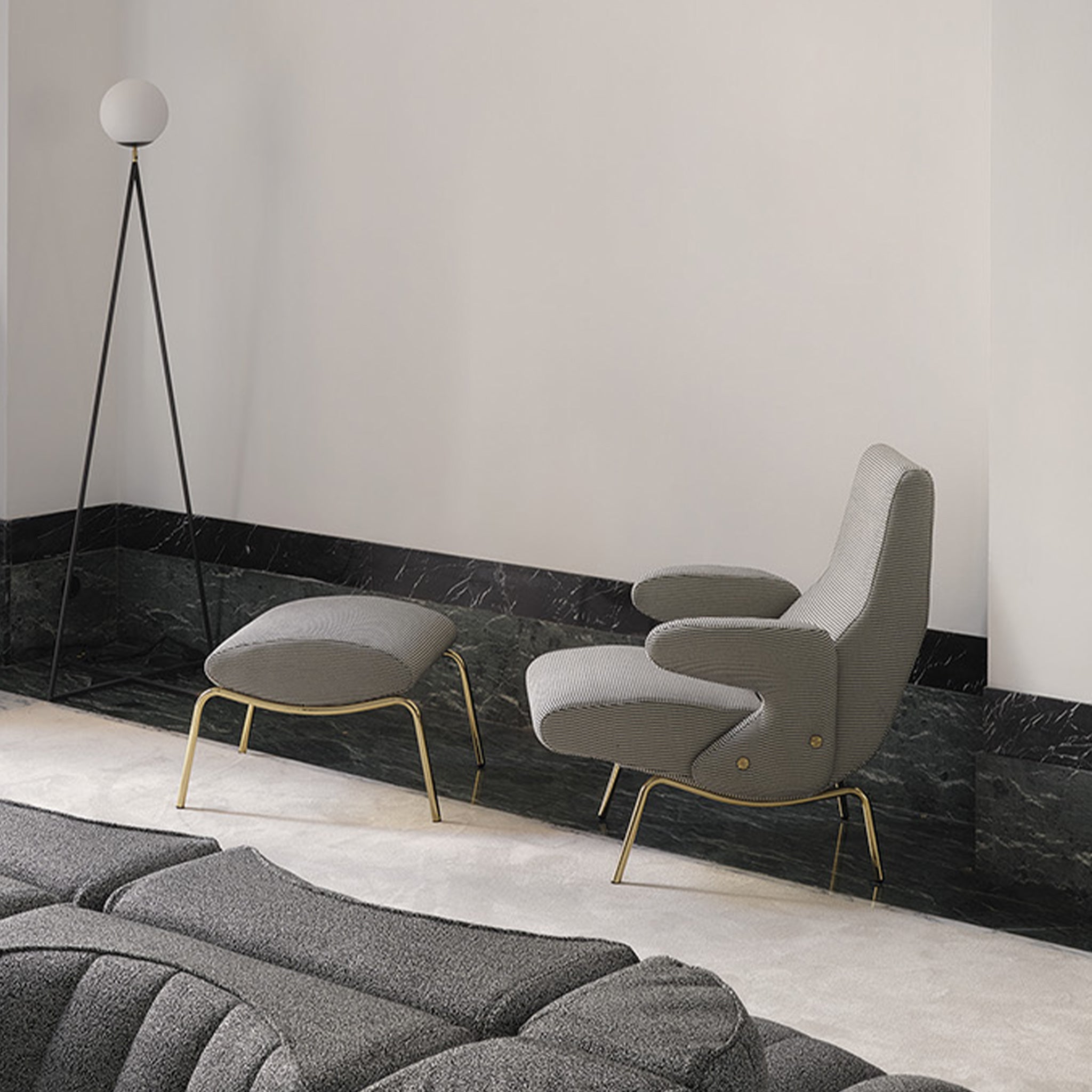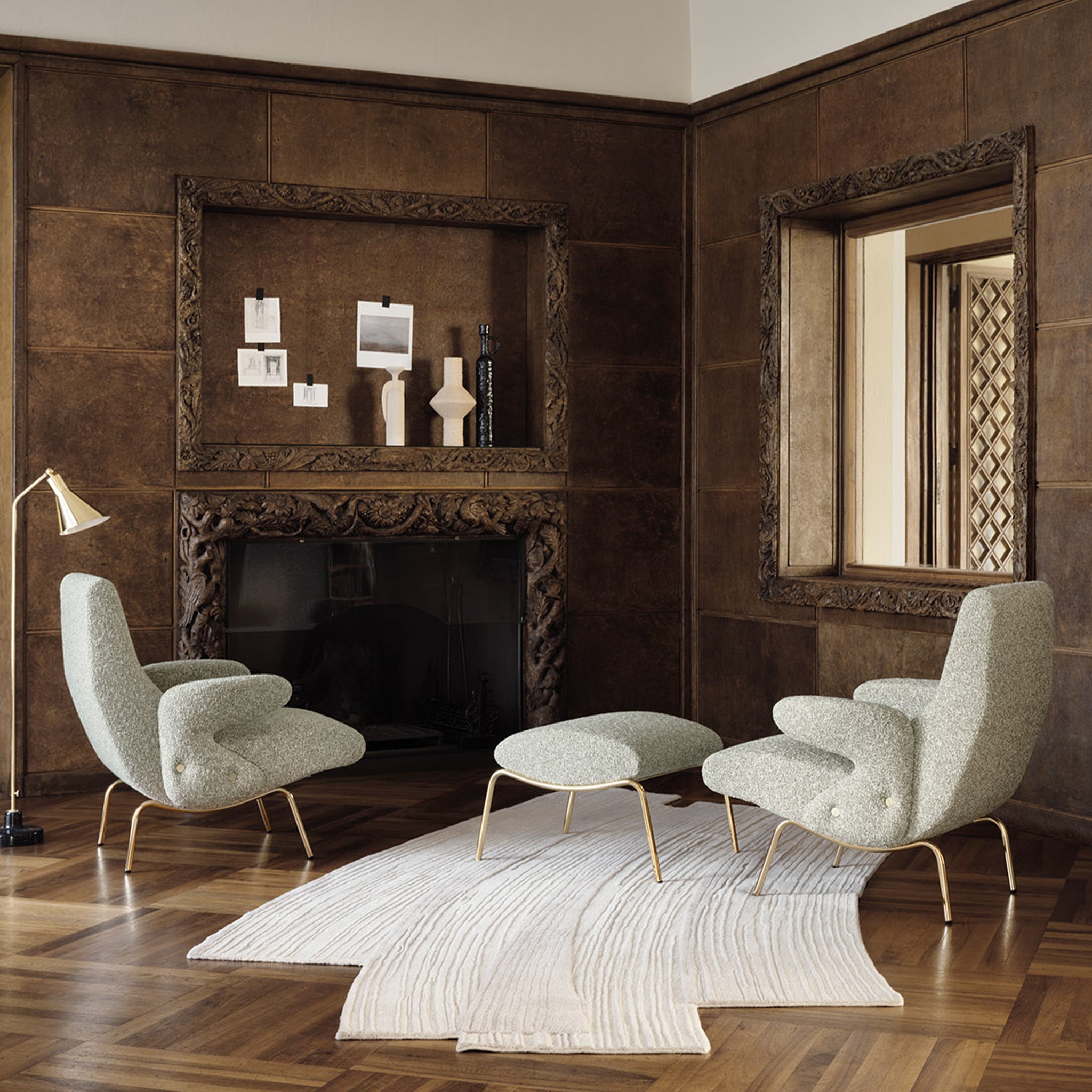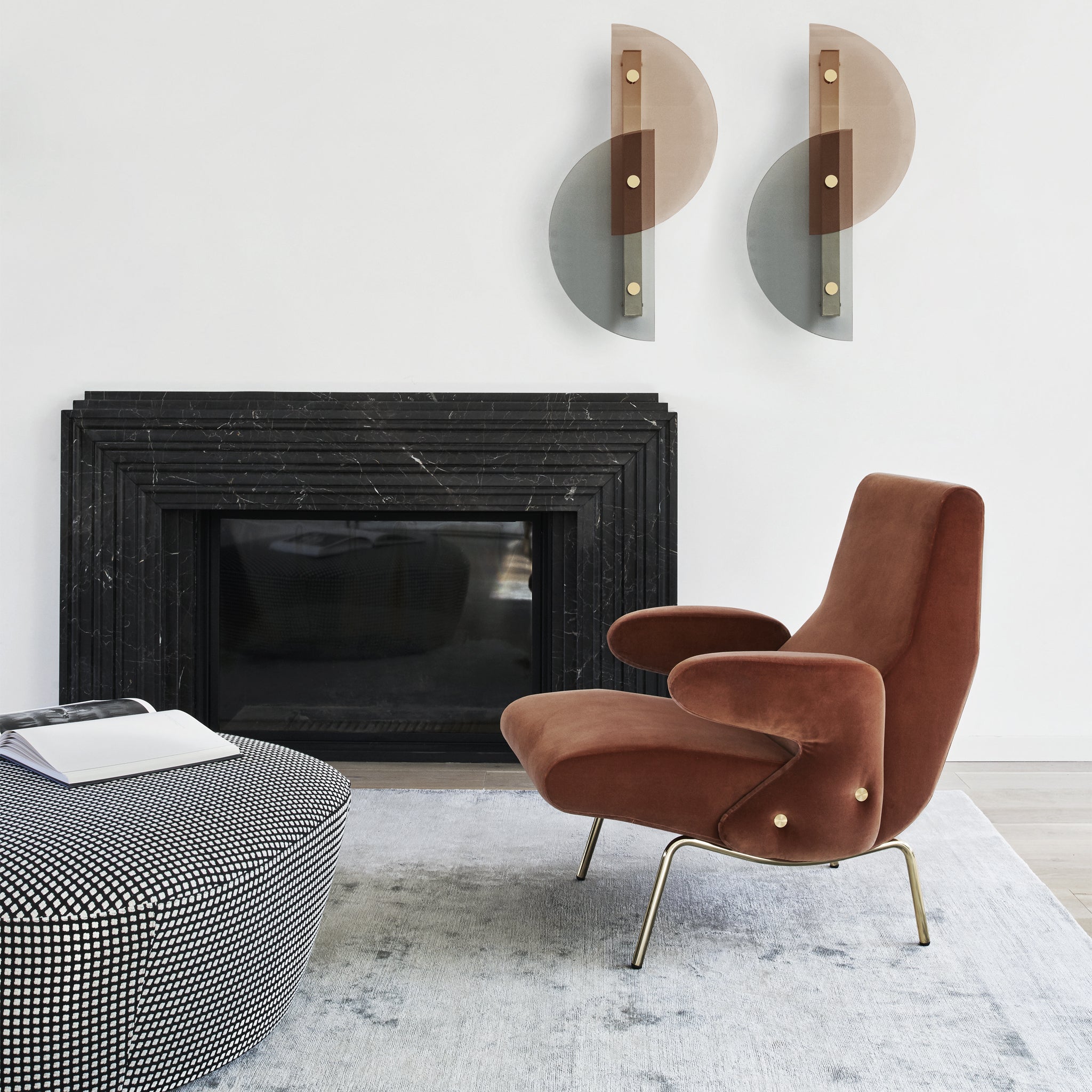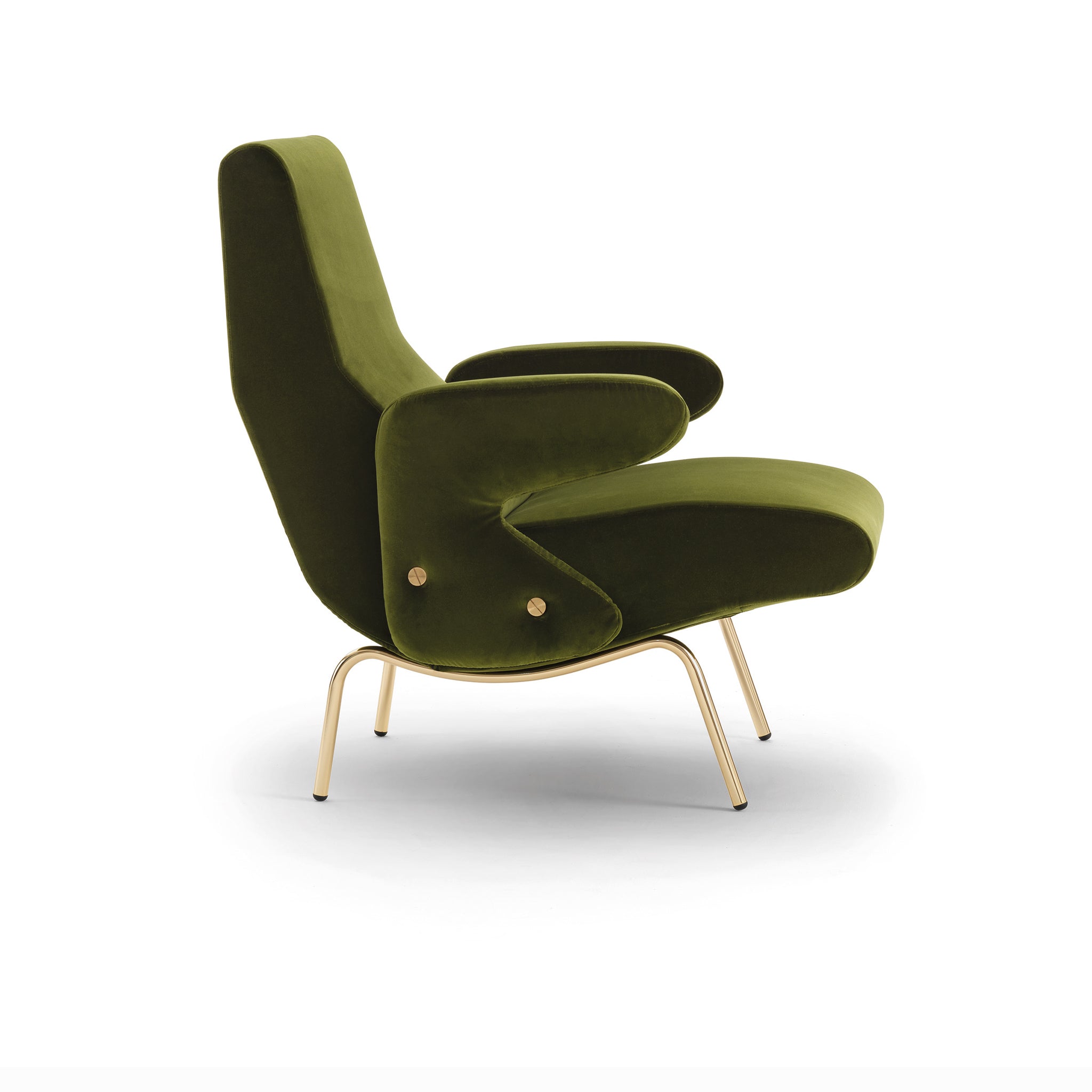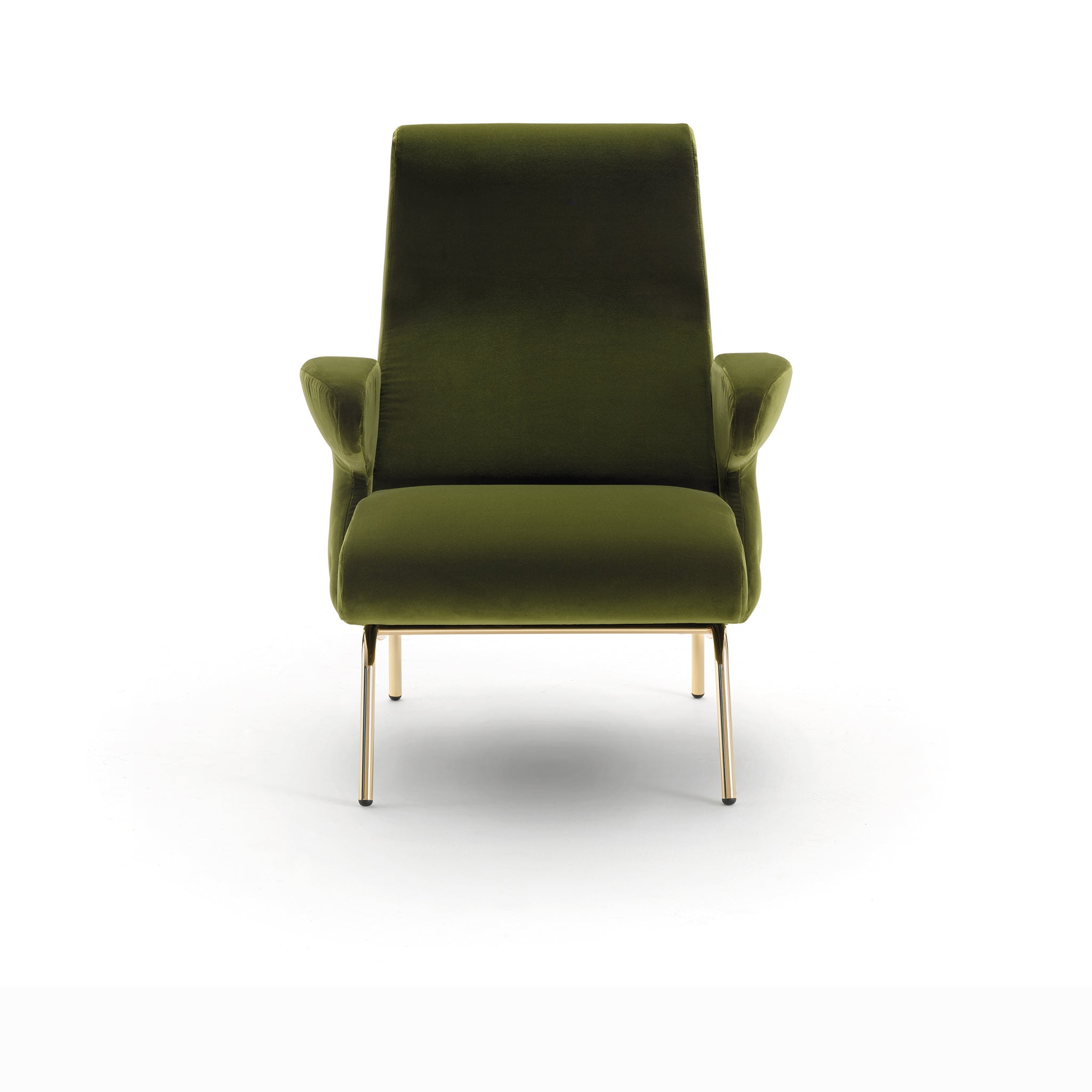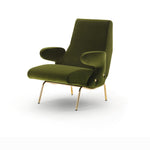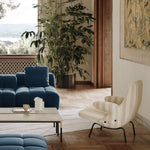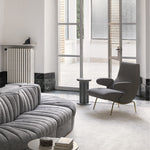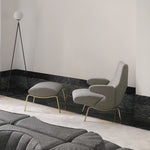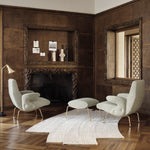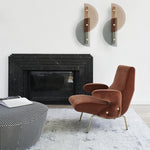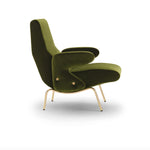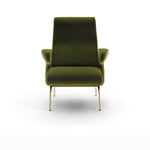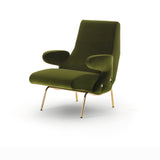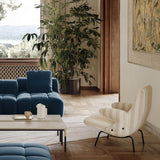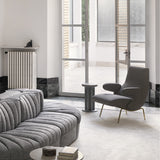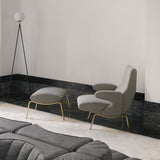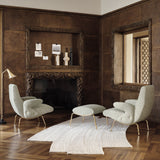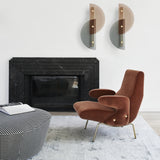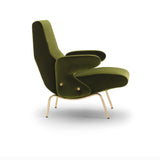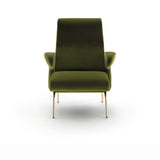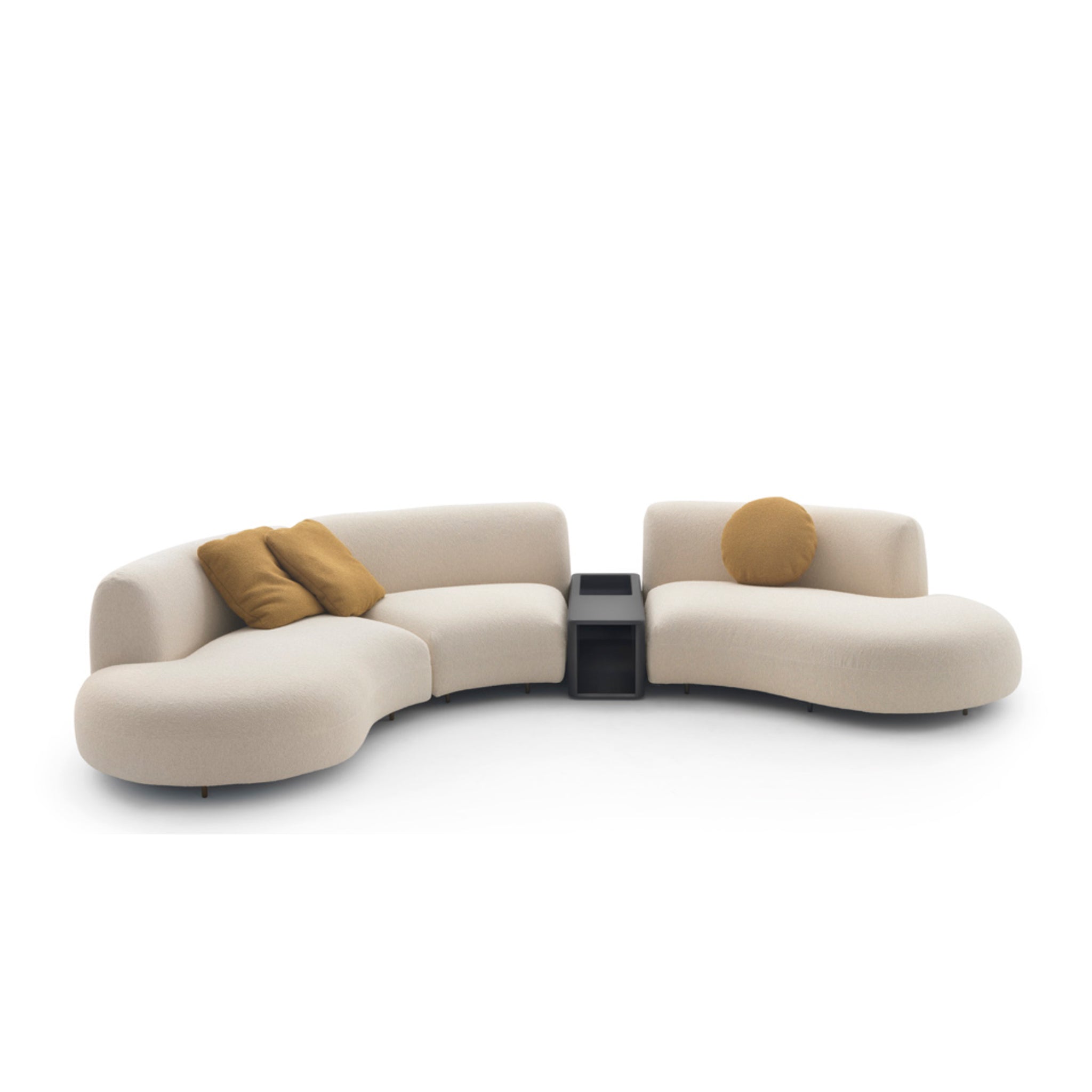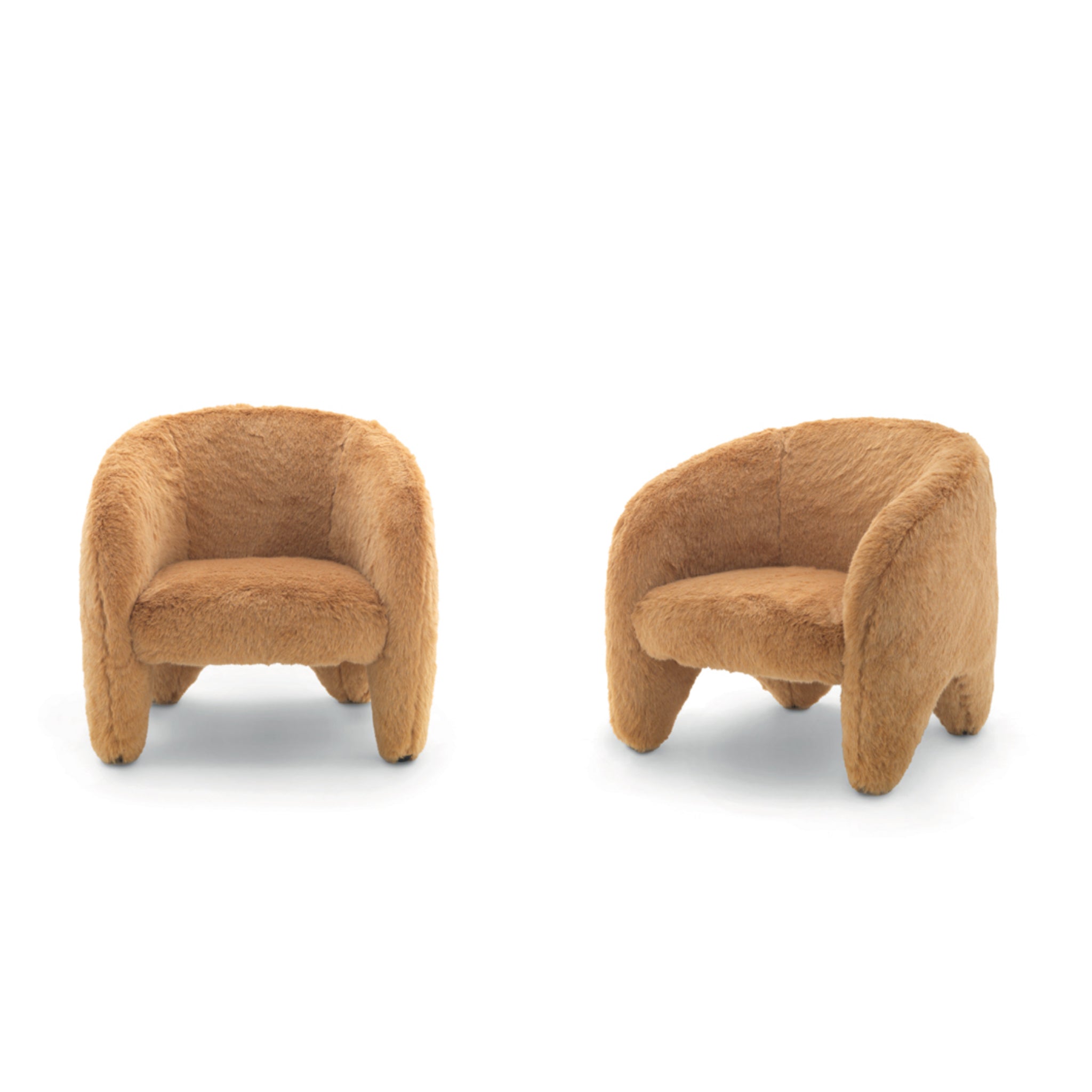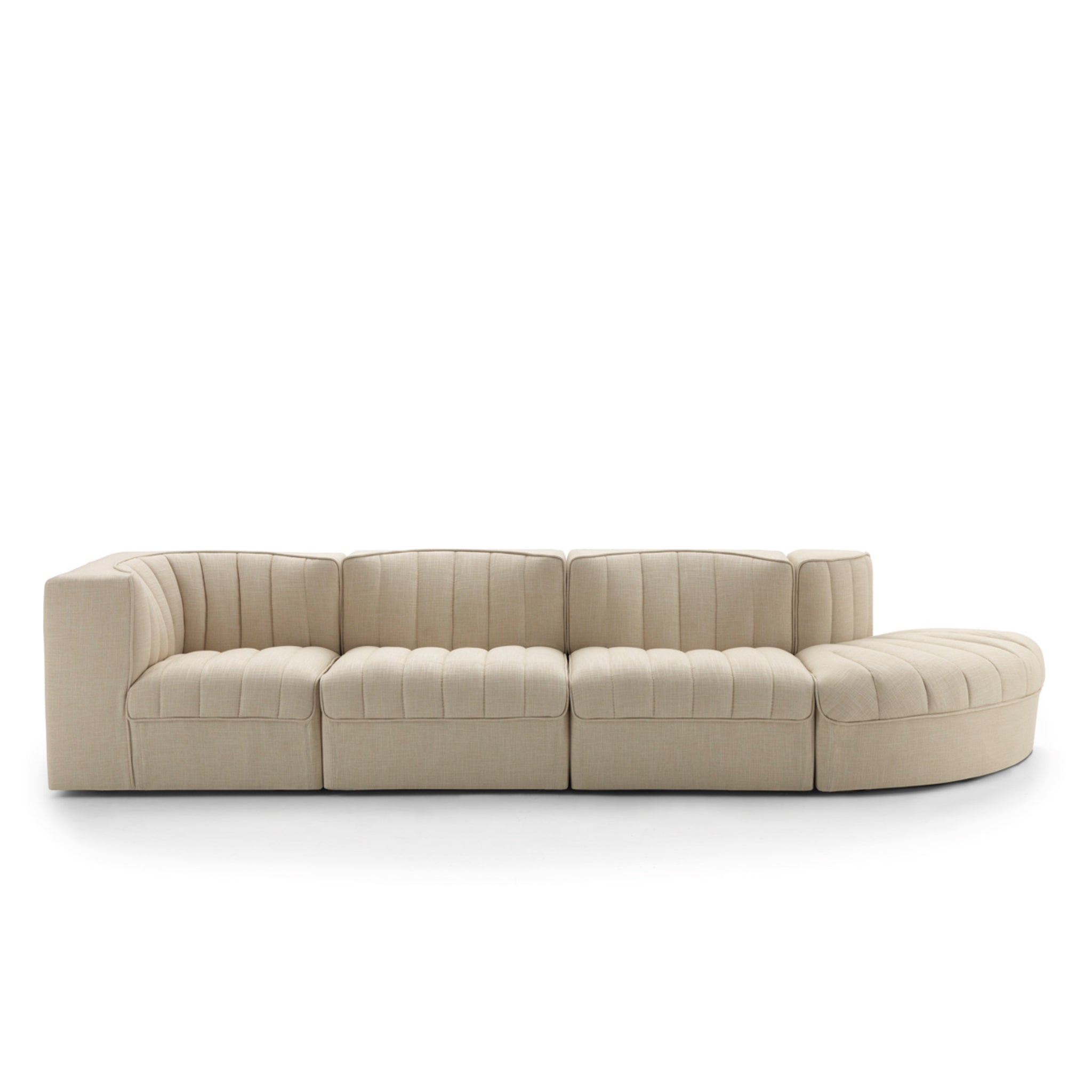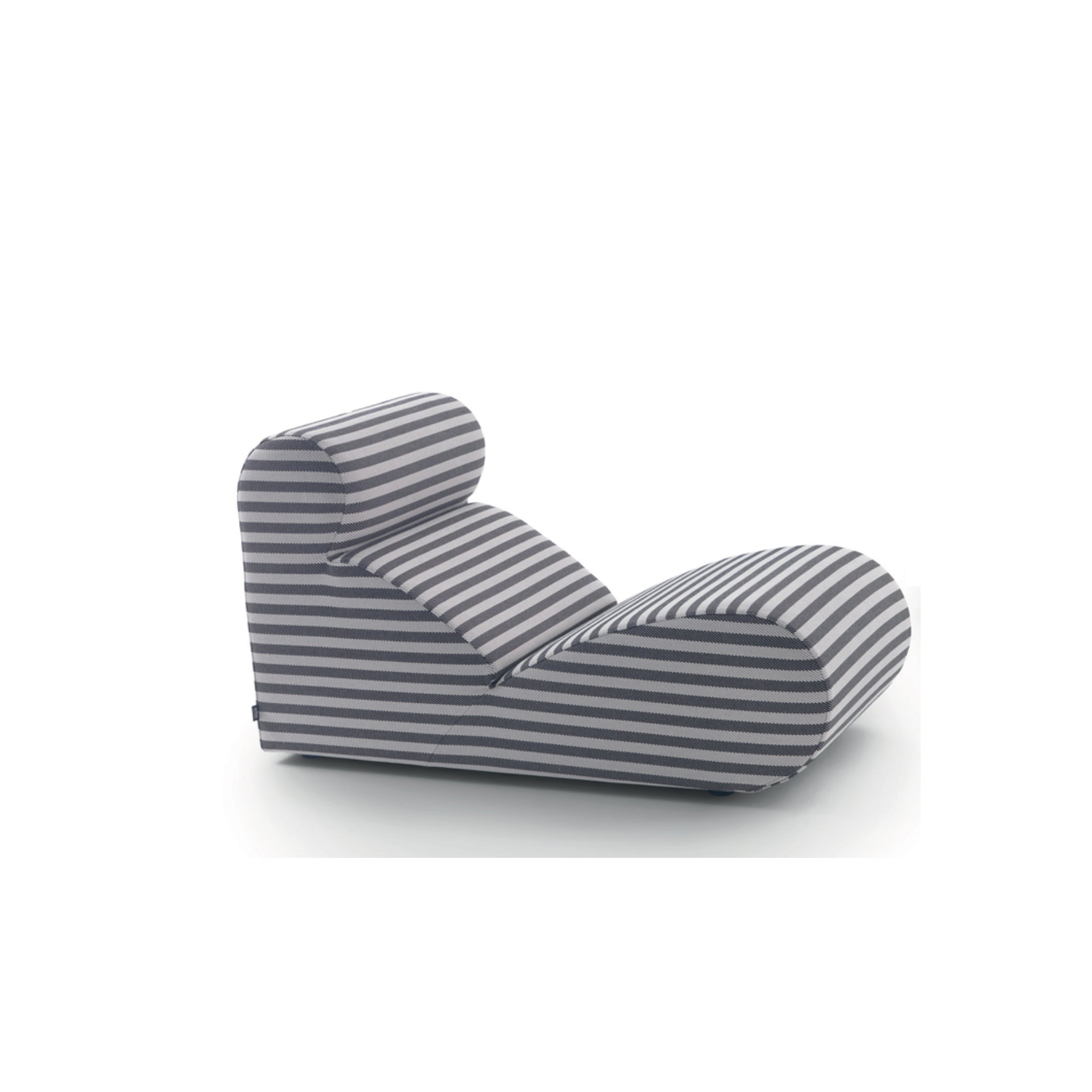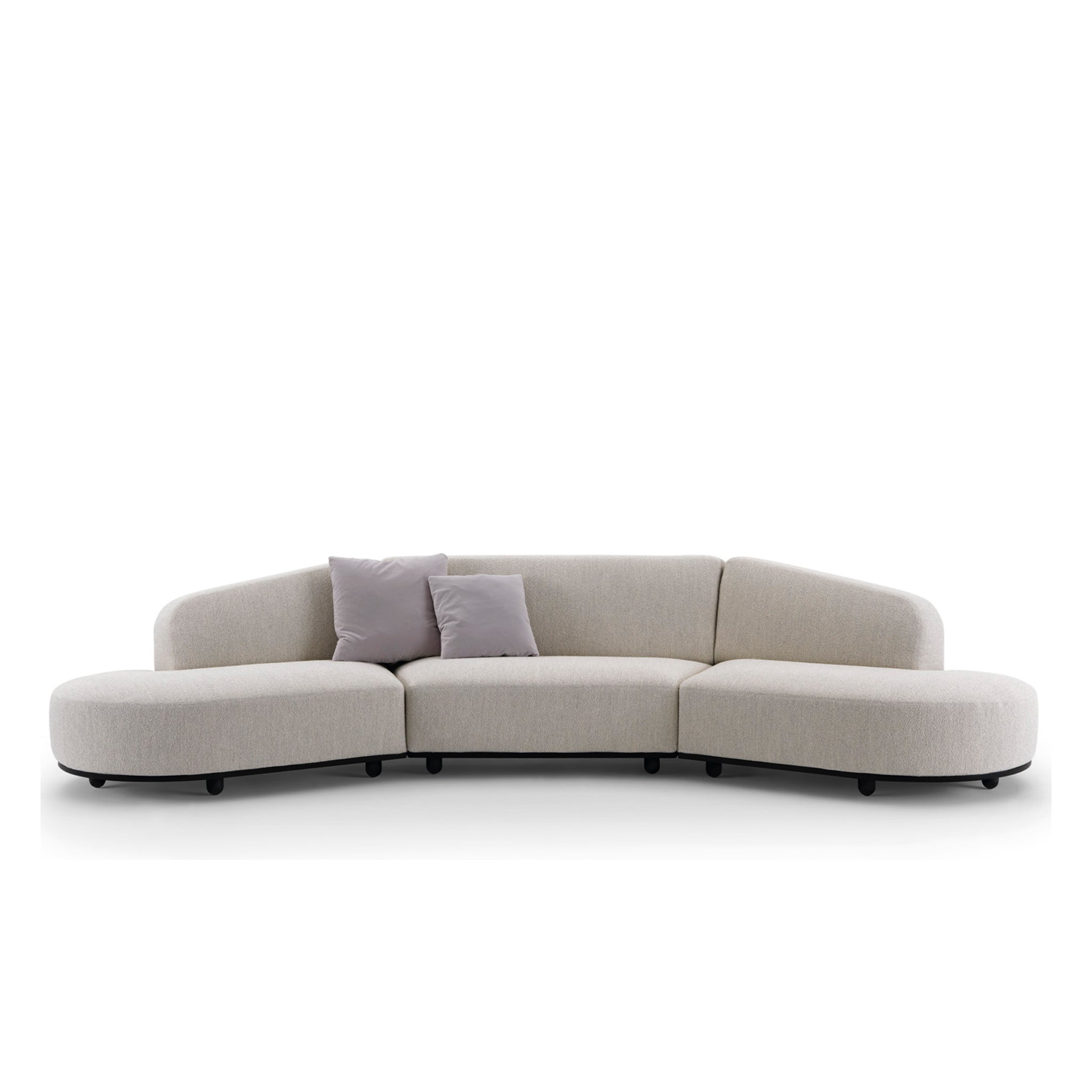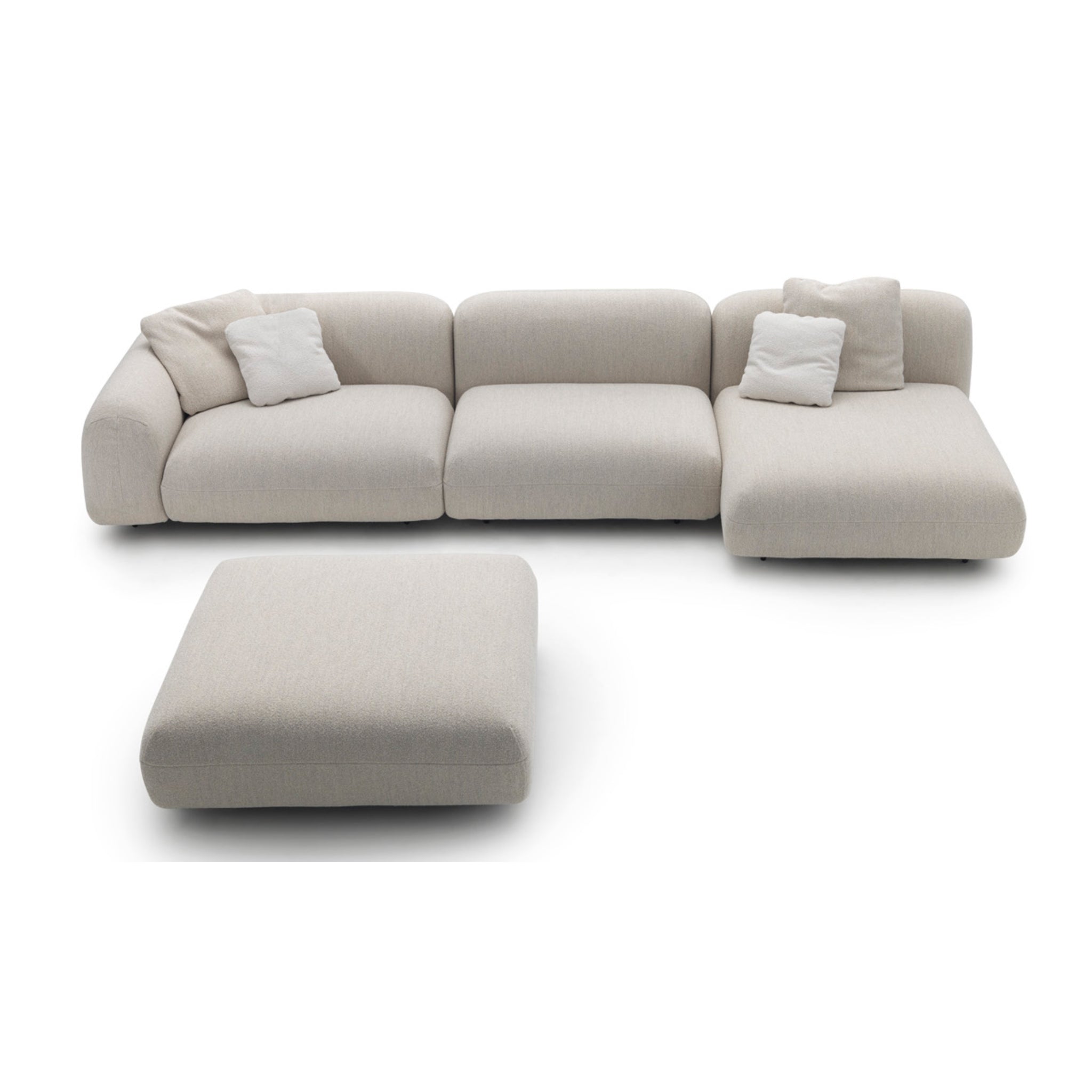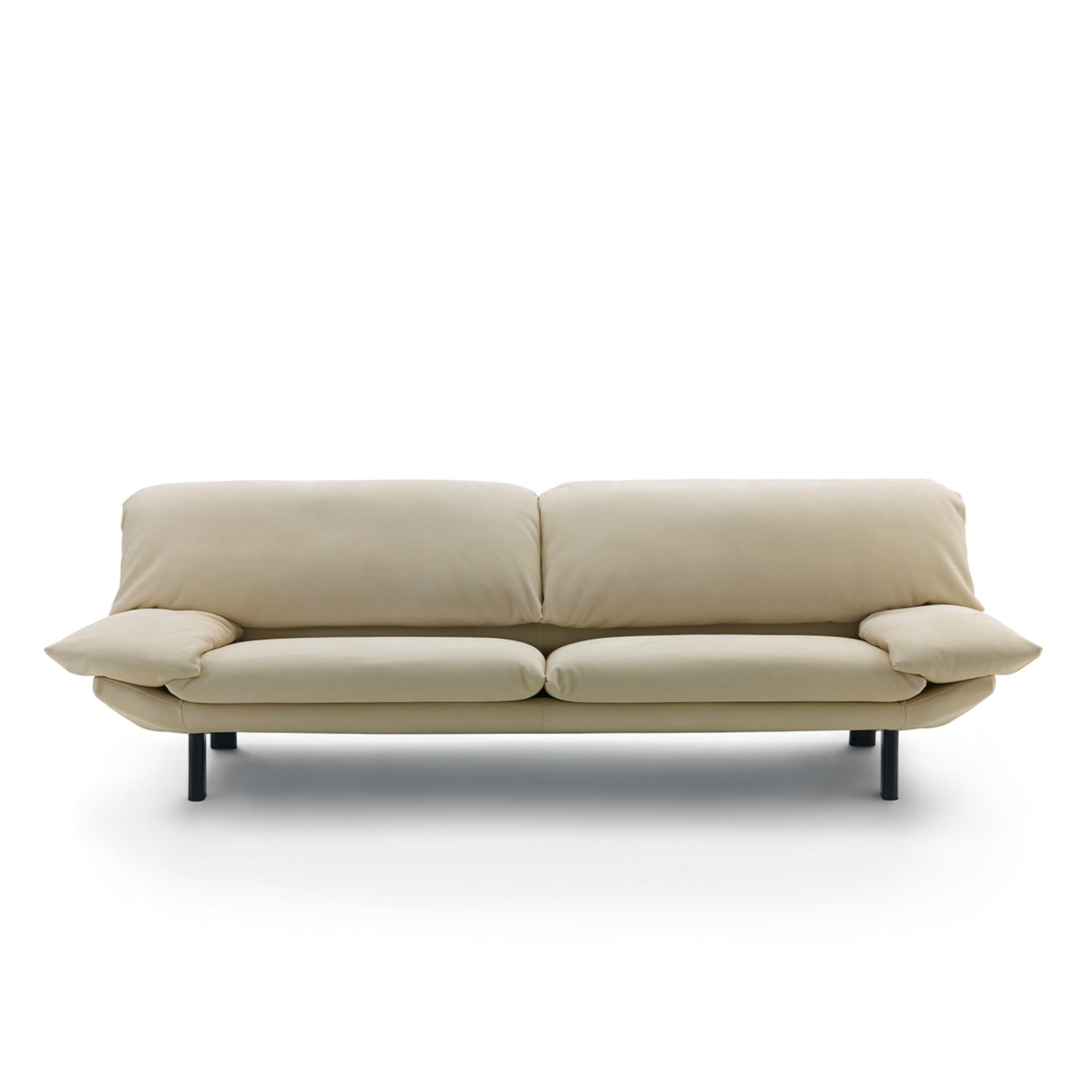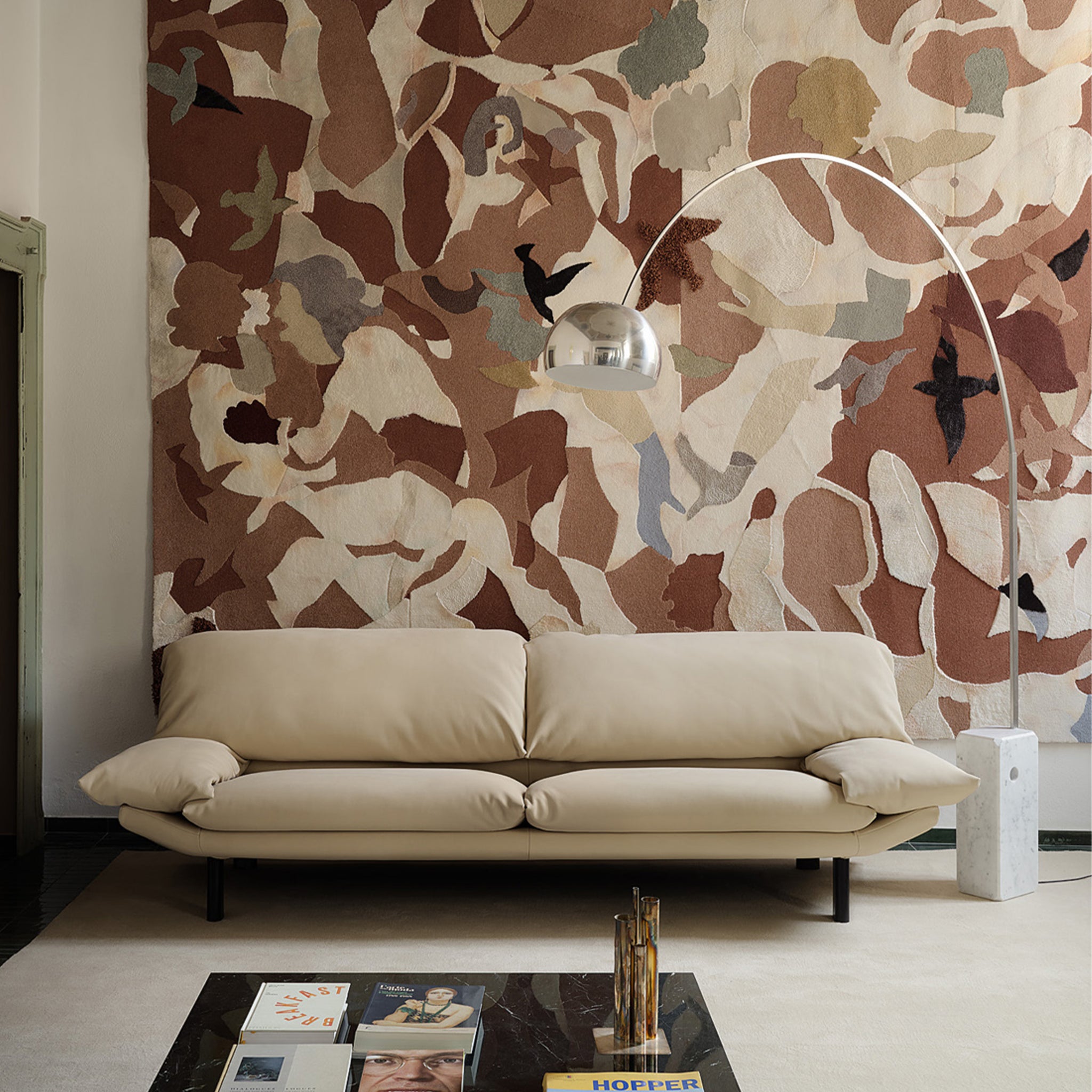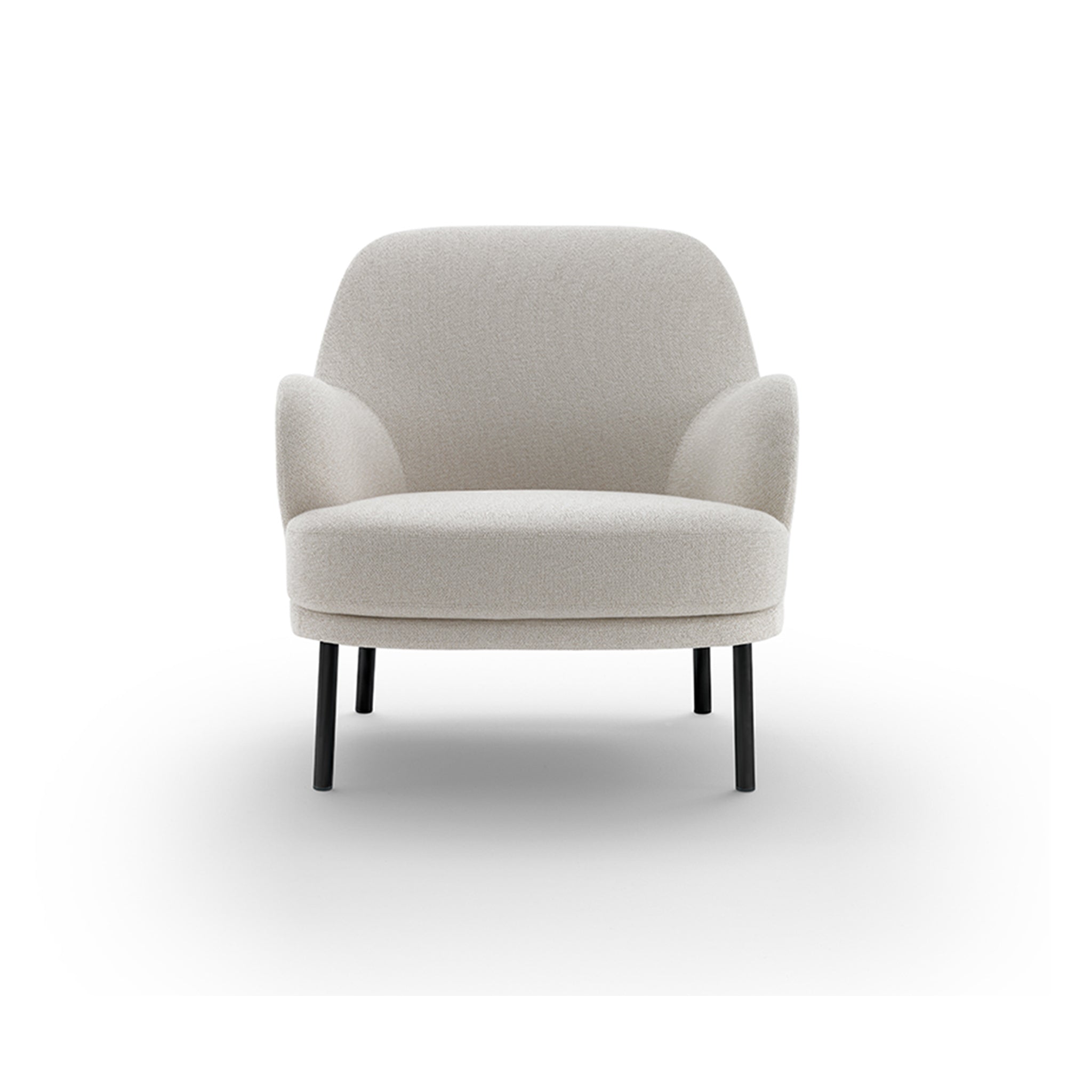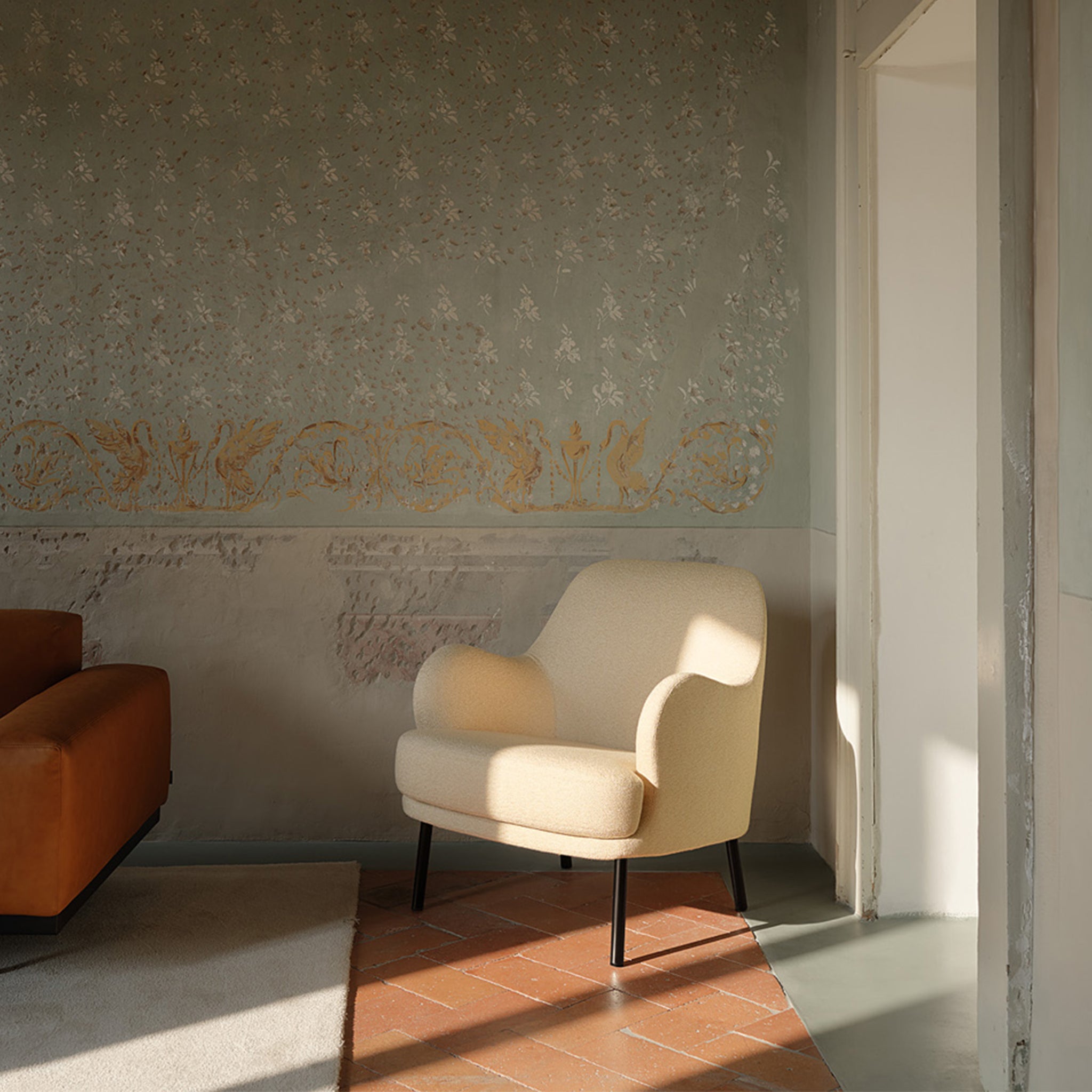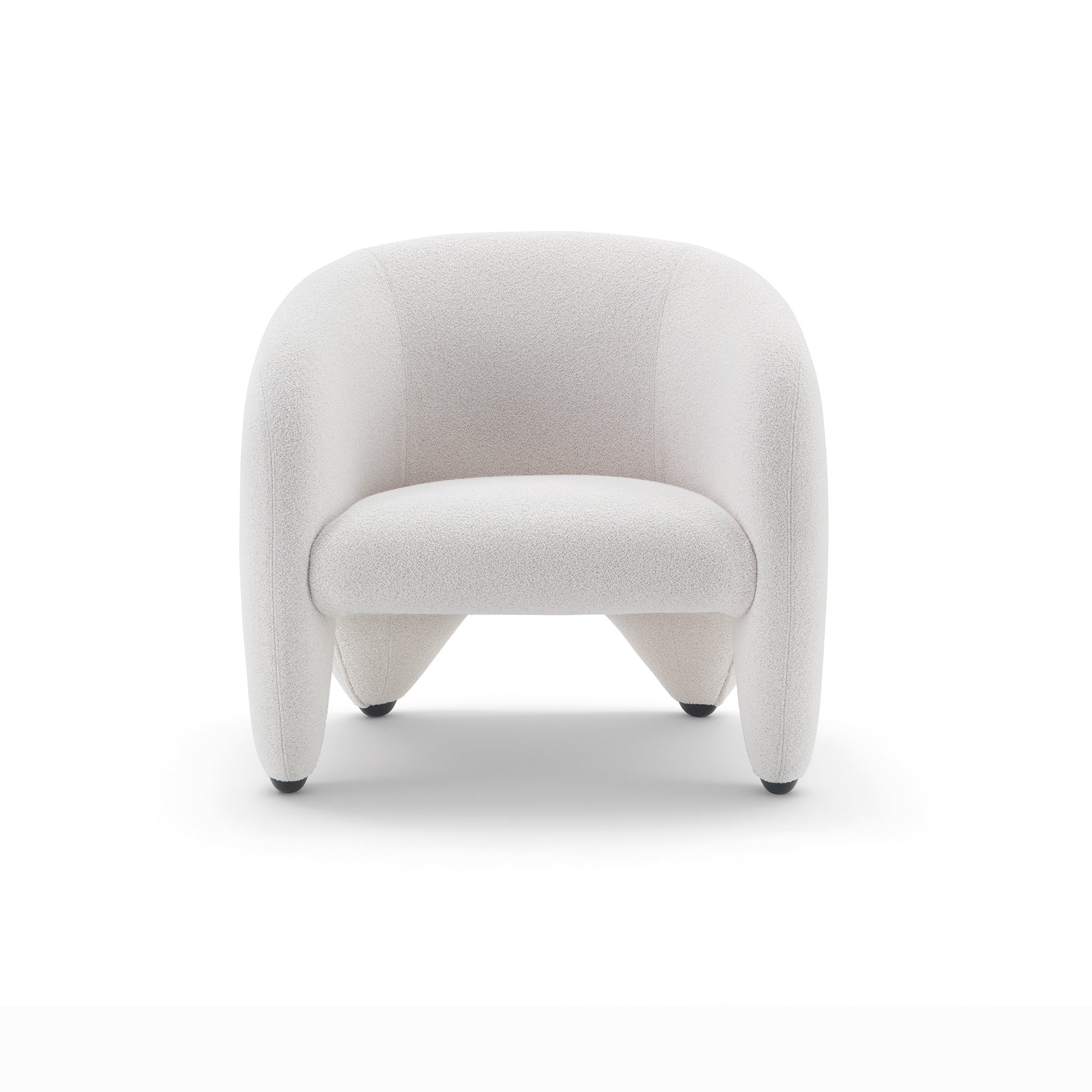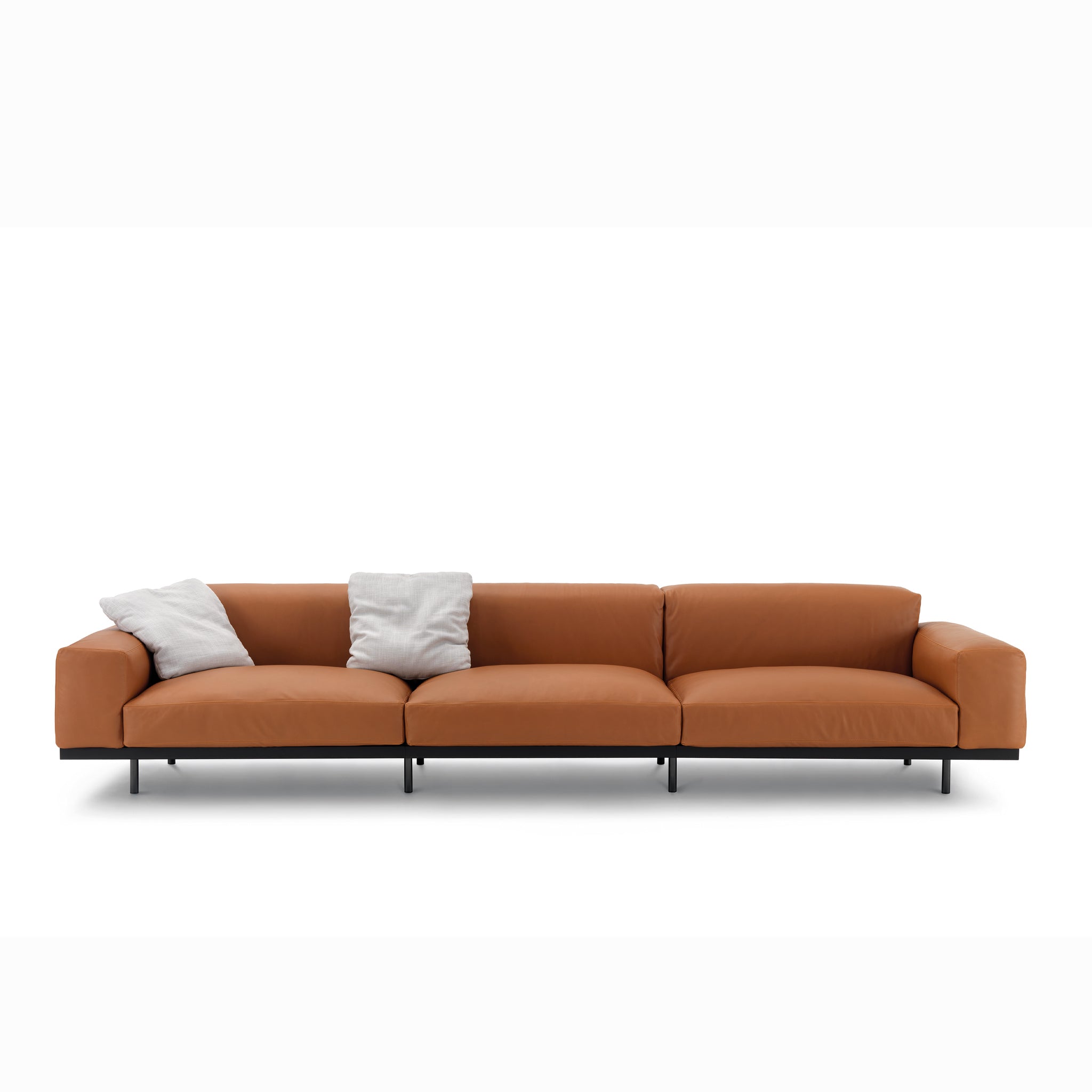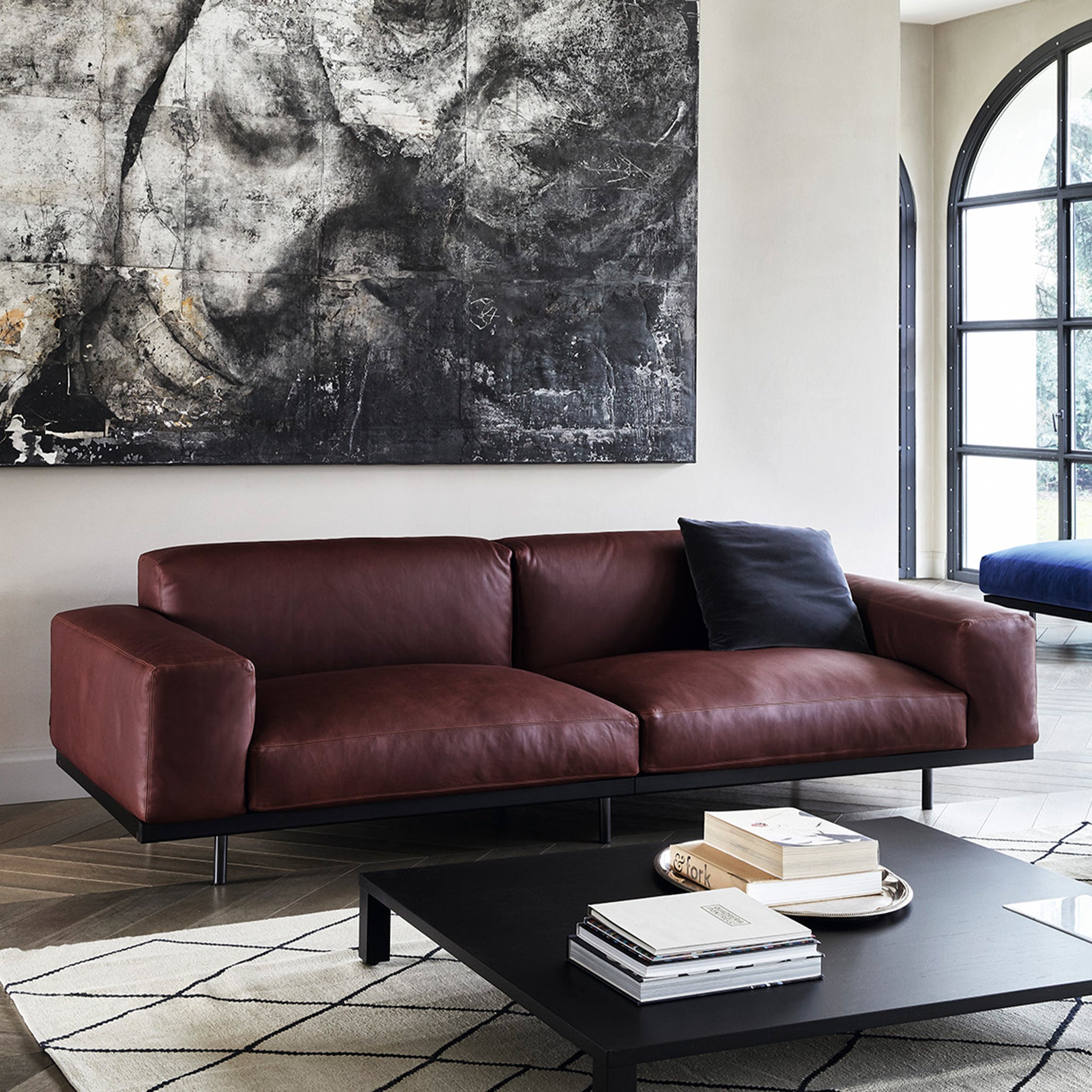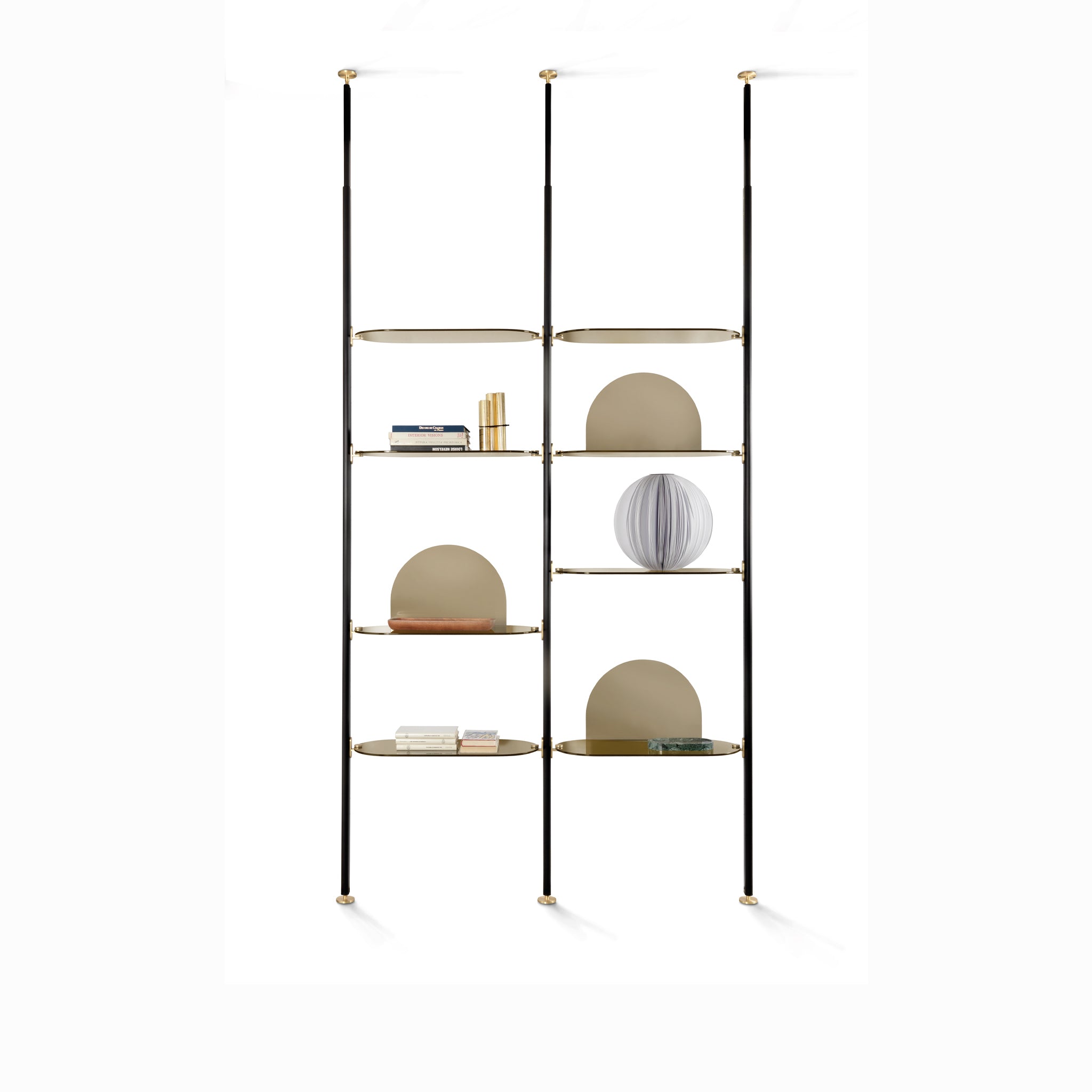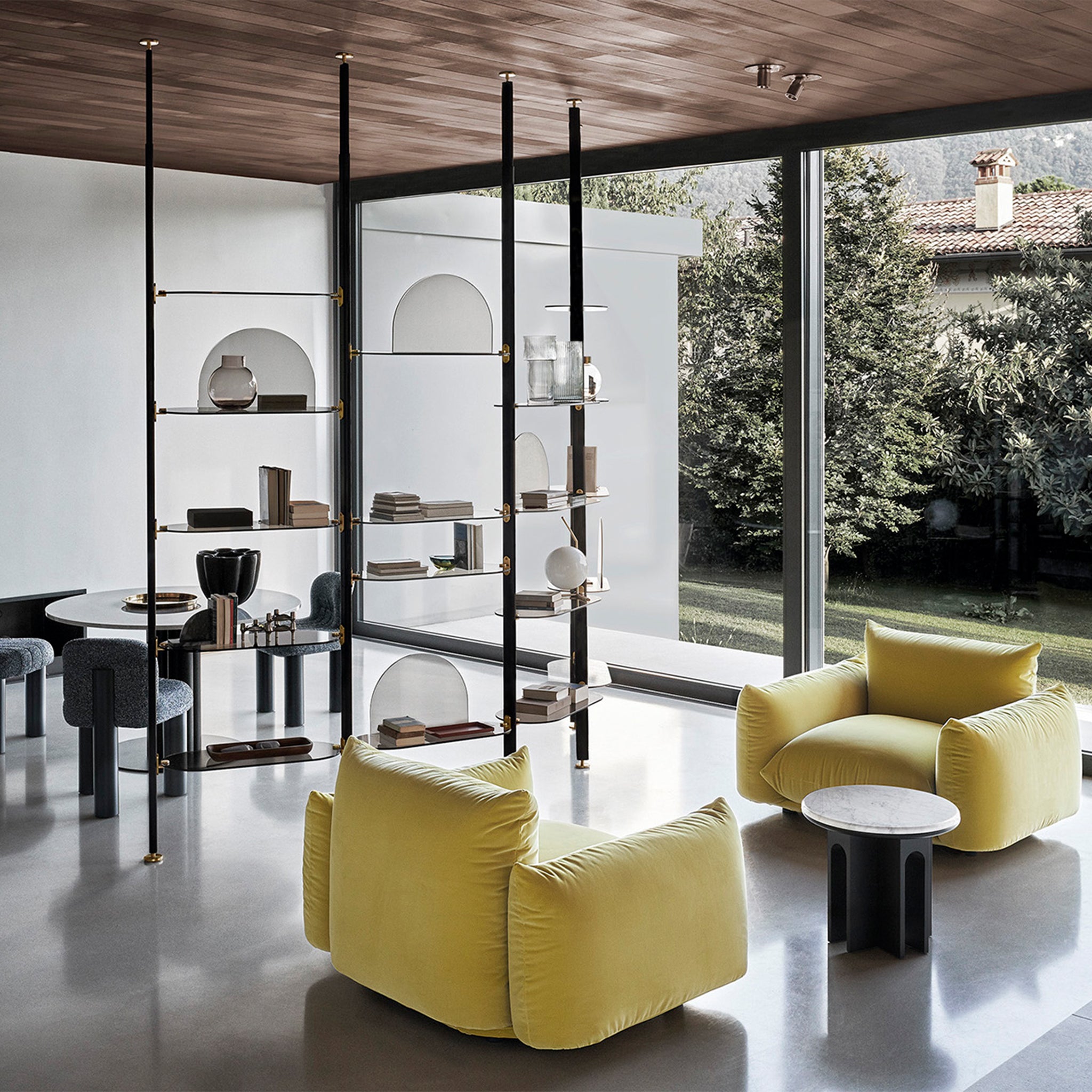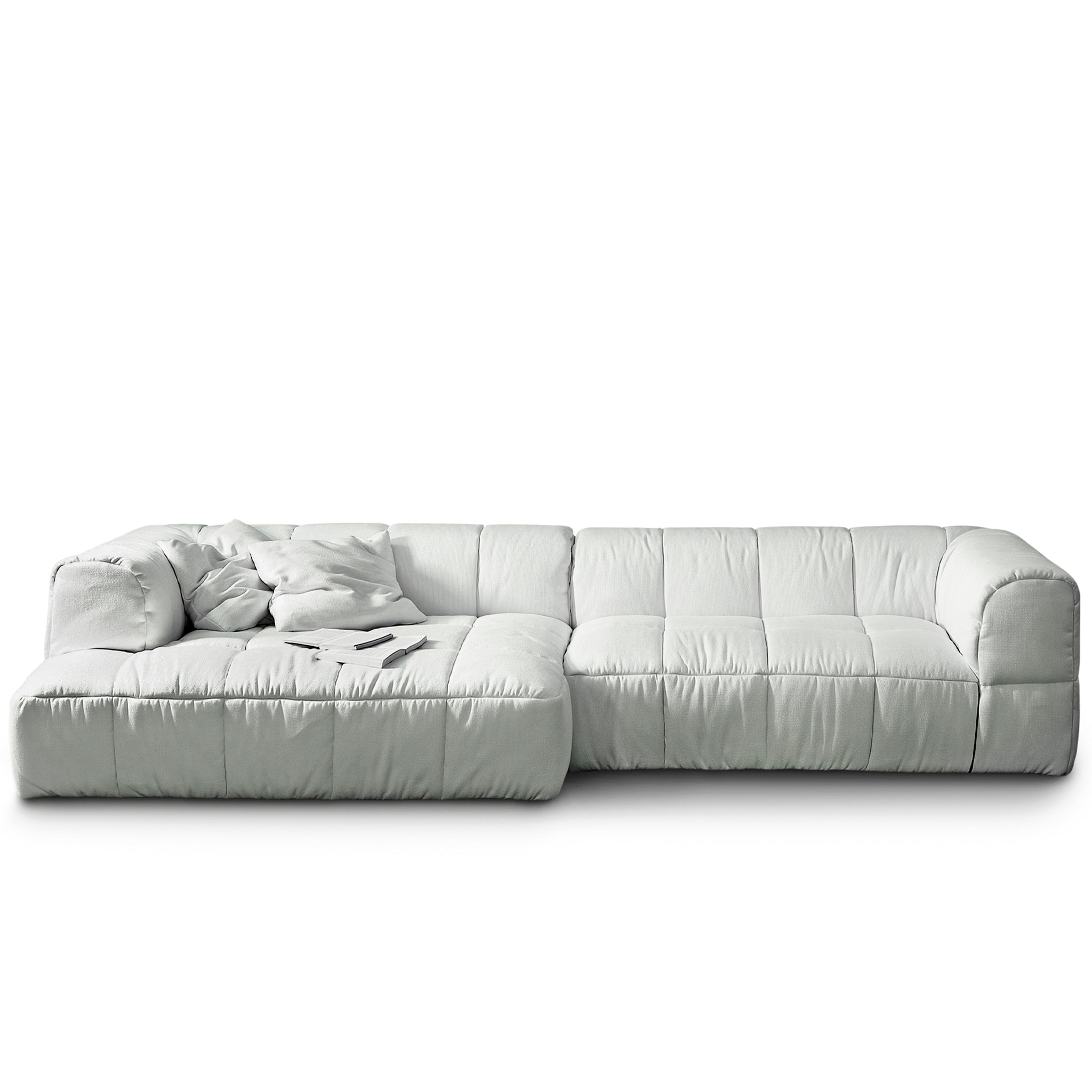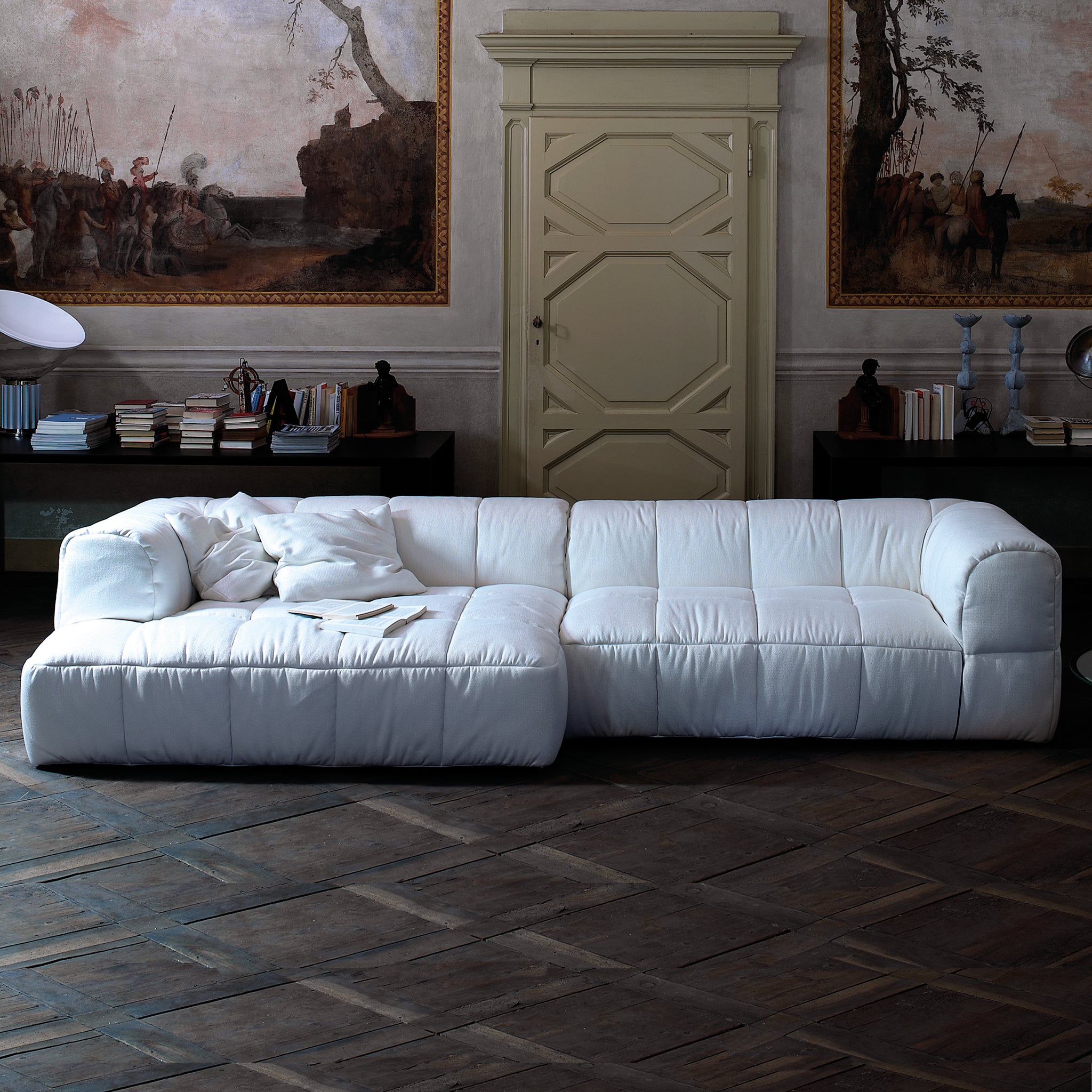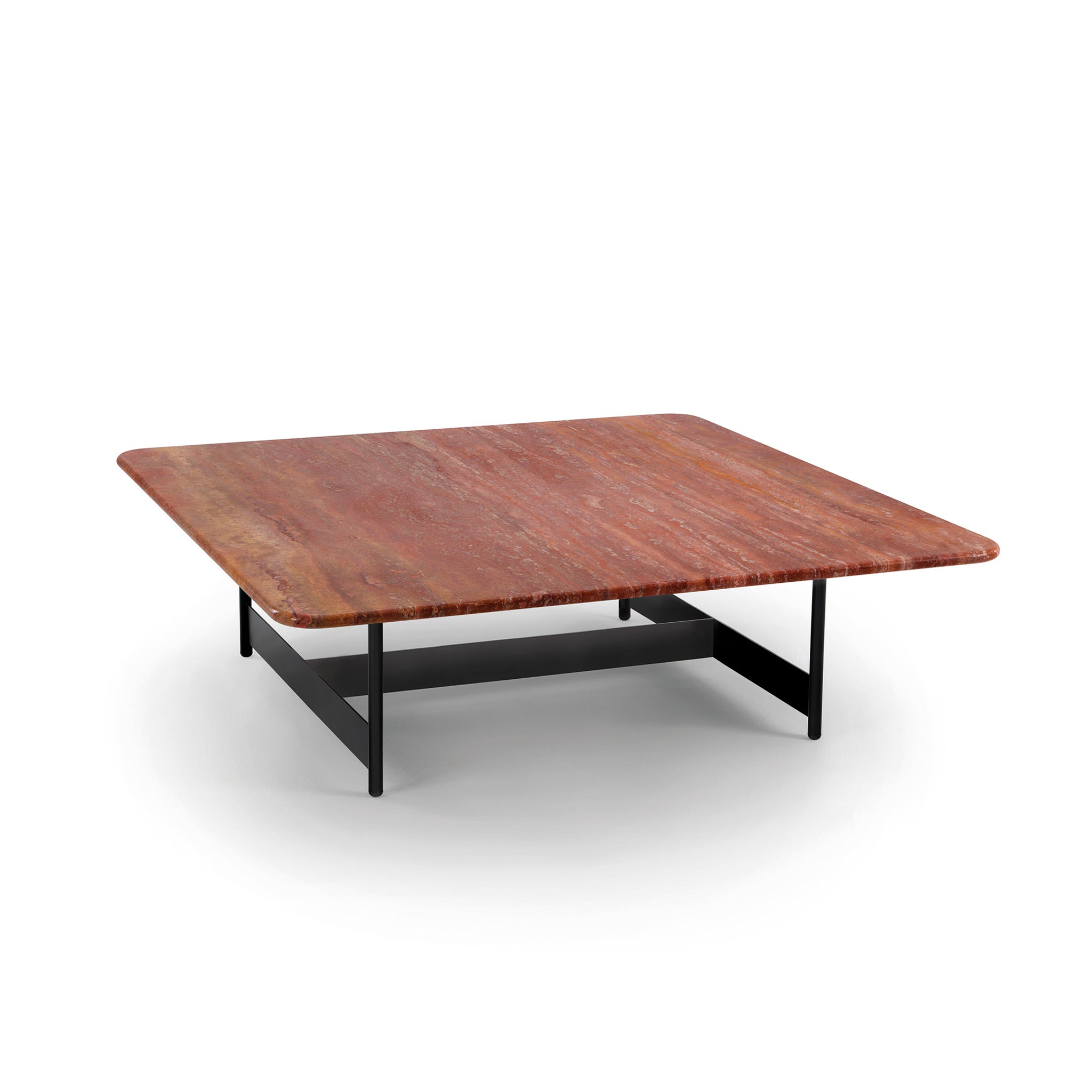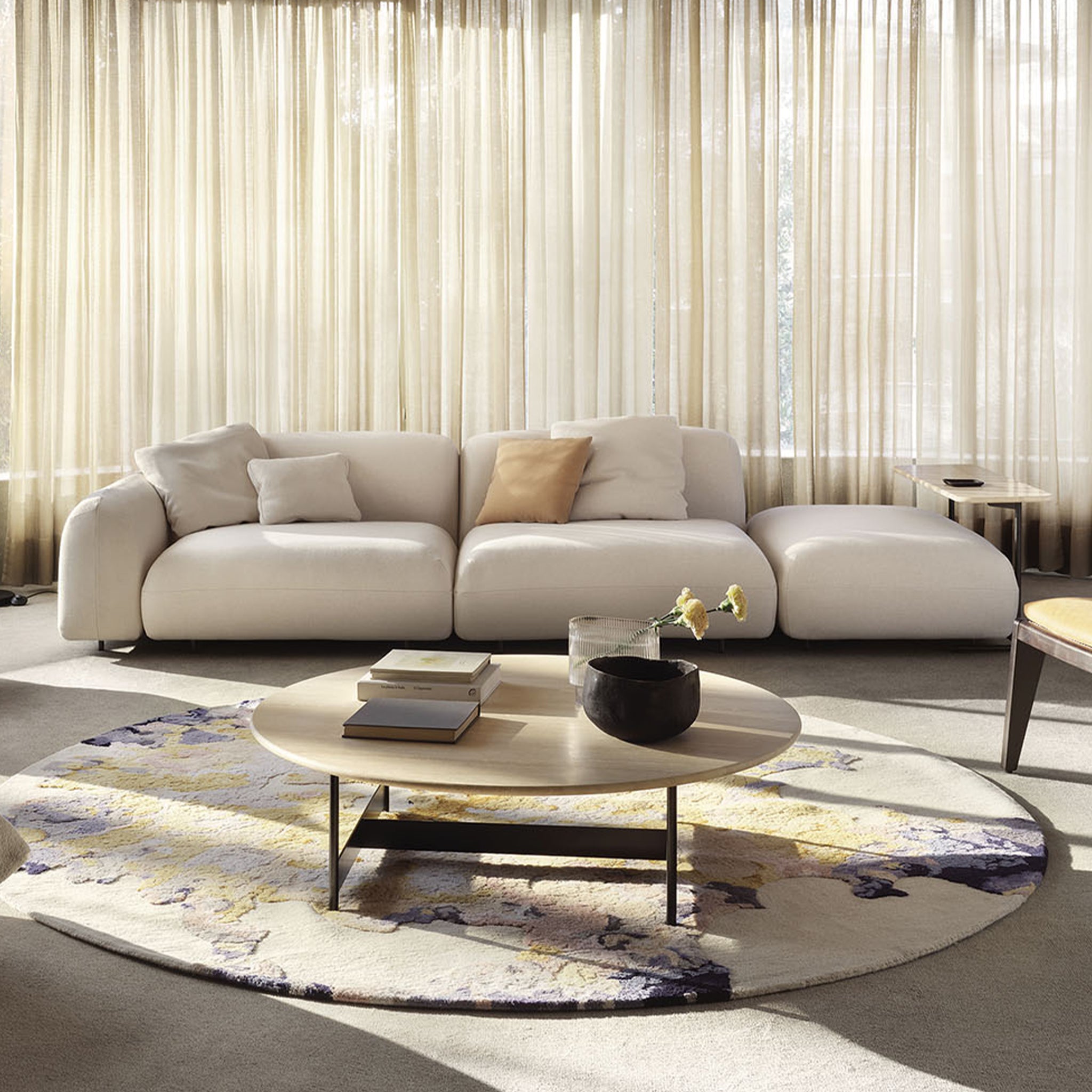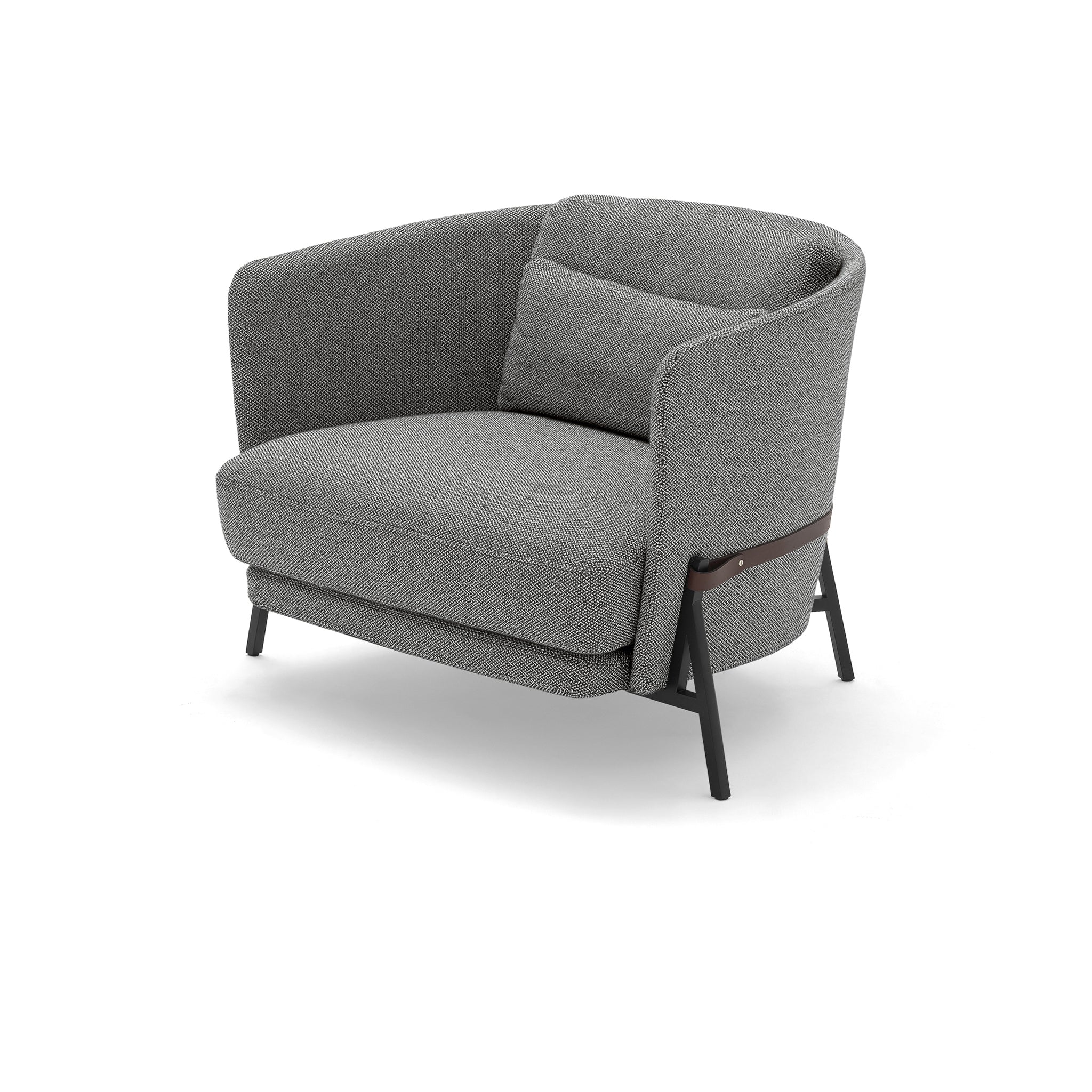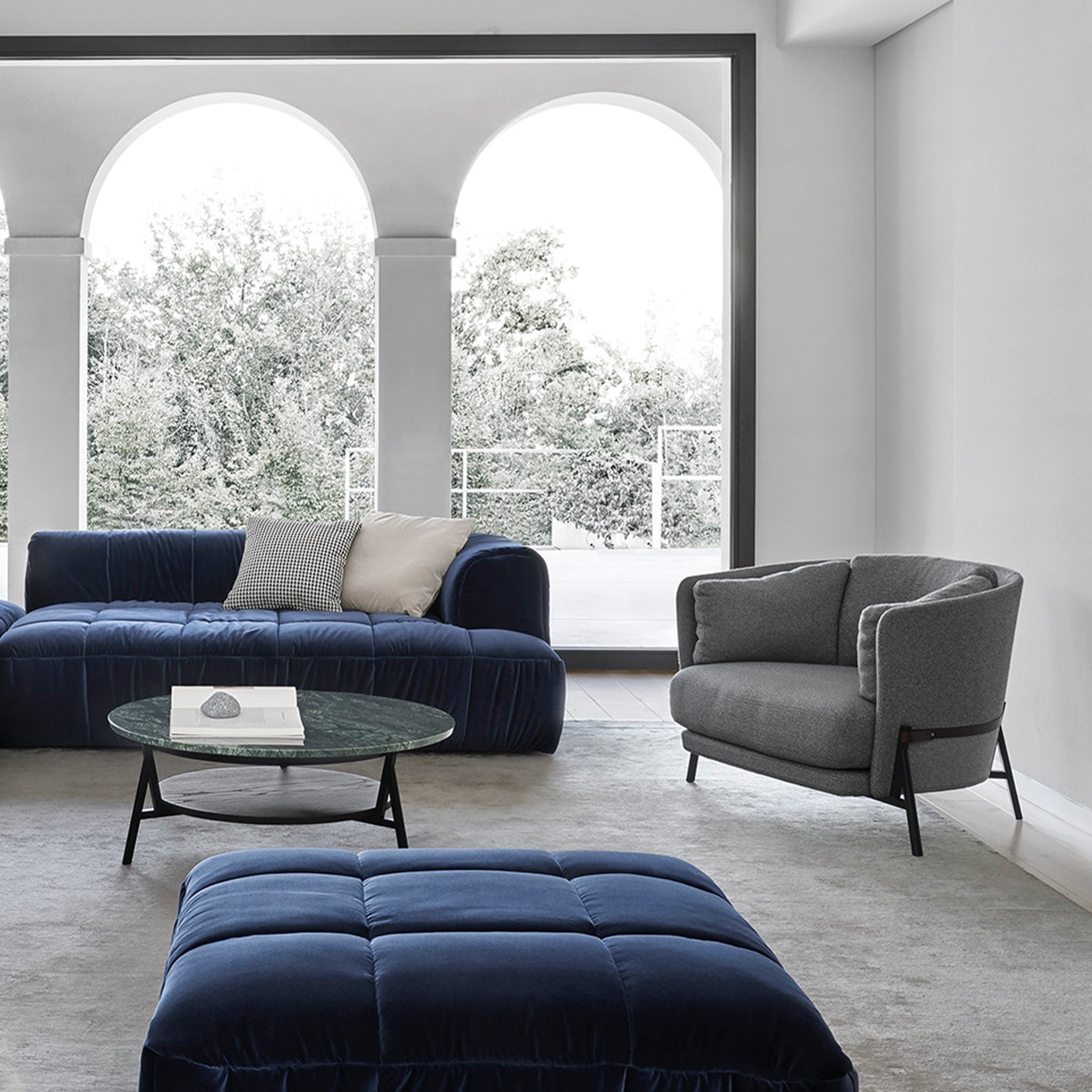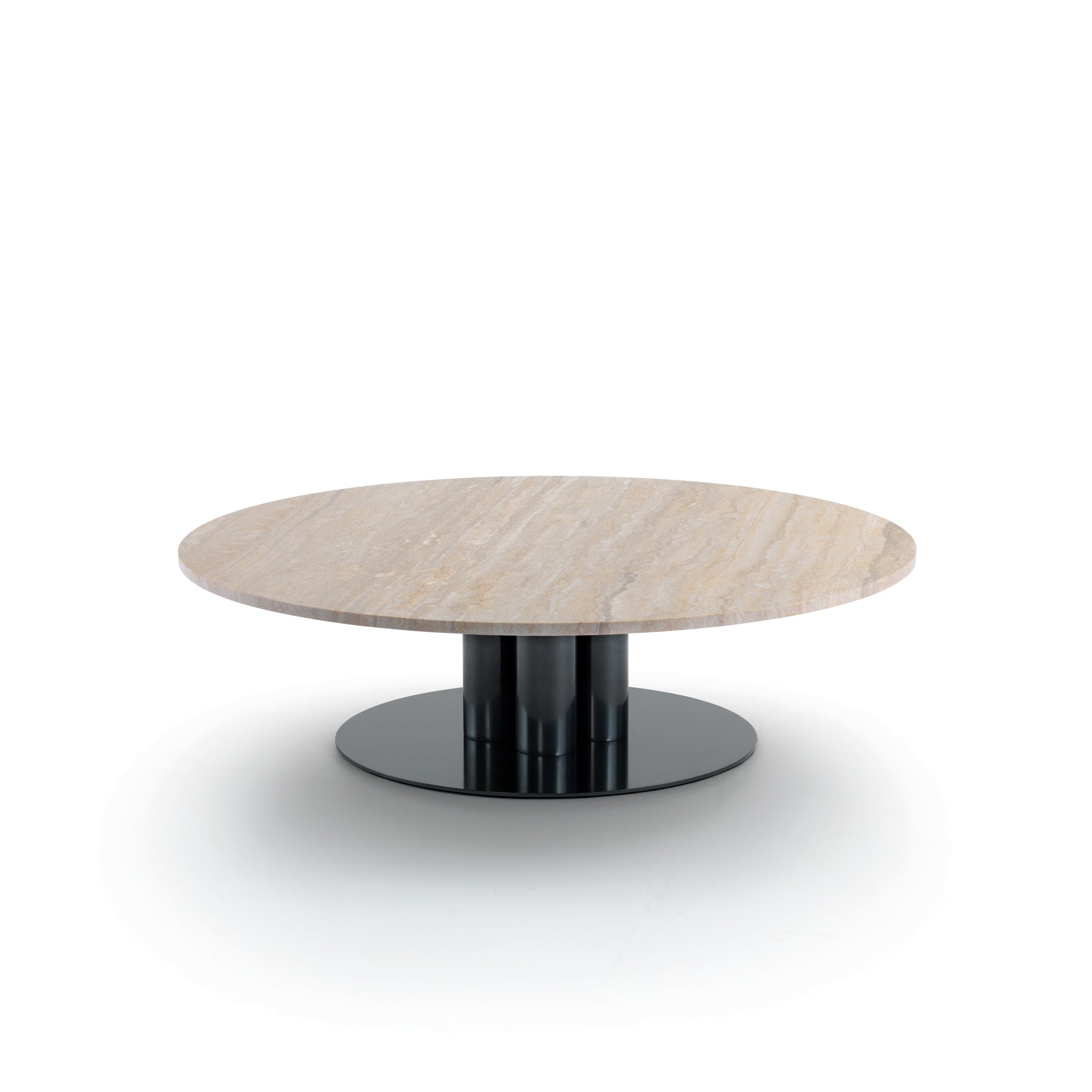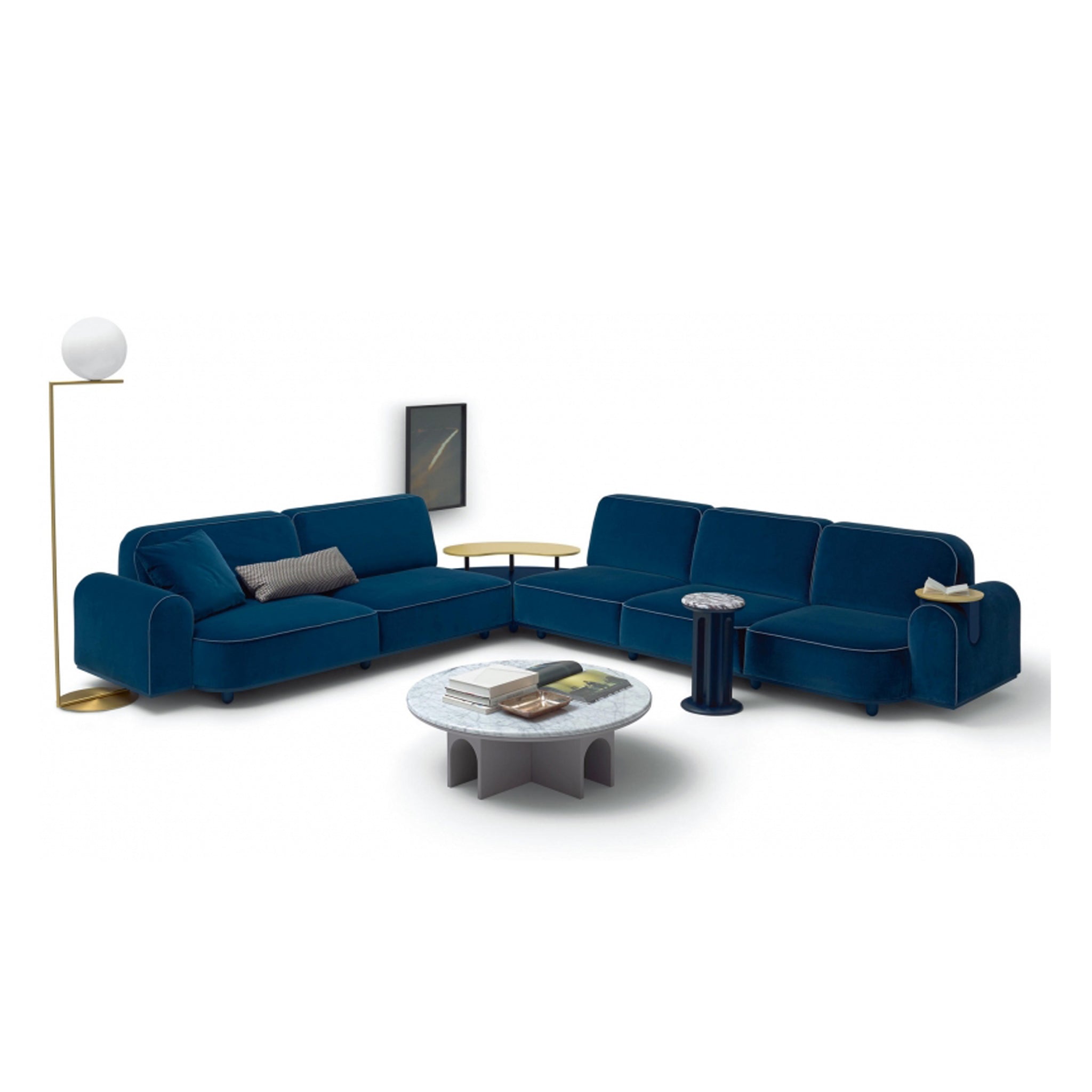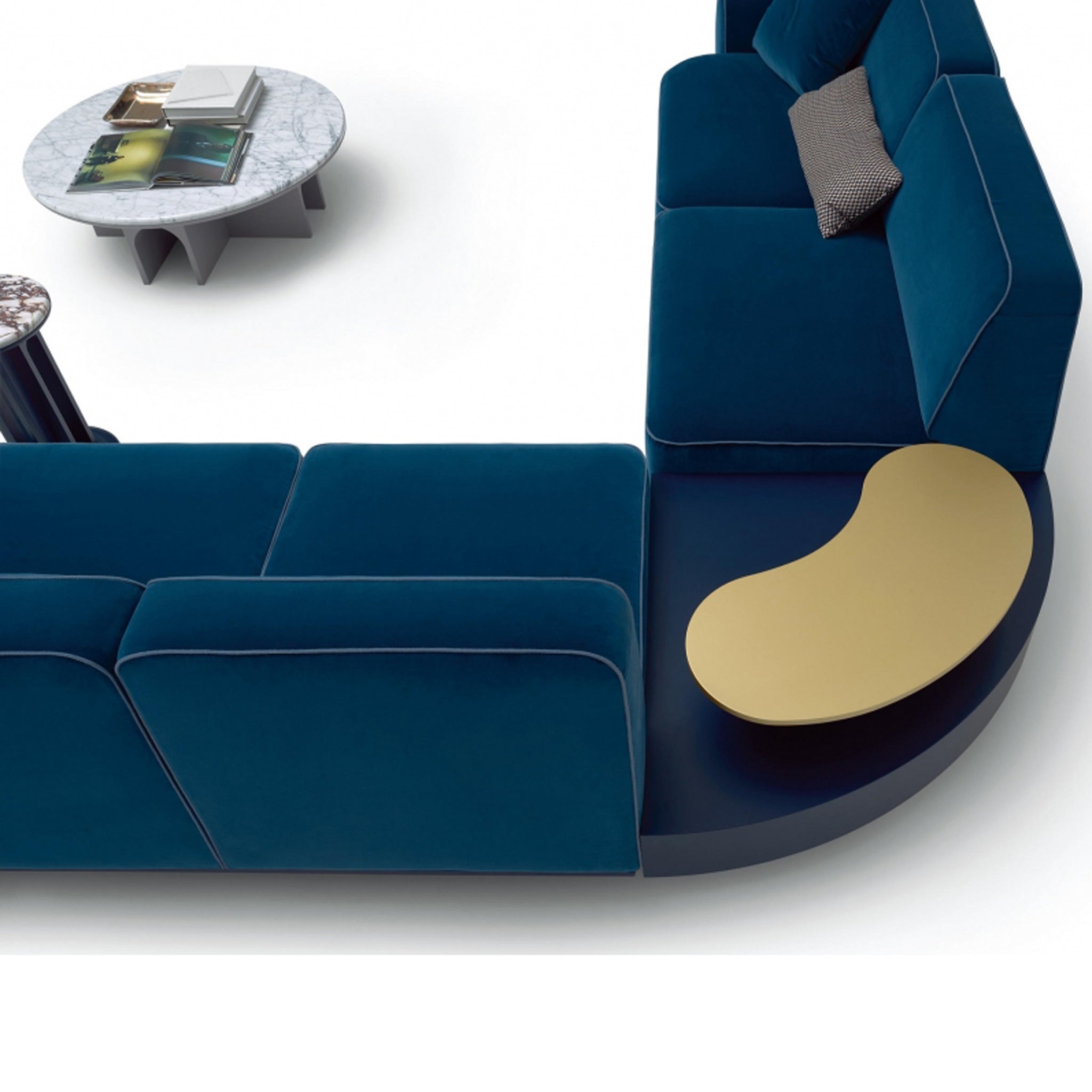
Delfino Armchair
Product Ready for Delivery
Description
PRODUCT DETAILS
Material: Fabric
Color: White & Black
Size: Width: 71cm x Depth: 89cm x Height: 89cm
Usage Area: Indoor
Place of Manufacture: Italy
Official Distributor: Sihir Furniture
PRODUCT CARE
Clean the product with a soft damp cloth, preferably dipped in soap or neutral liquid detergents diluted with water. Strictly avoid using ethyl alcohol or detergents containing even small amounts of acetone, trichloroethylene and ammonia (solvents in general).
BRAND: Arflex
In the history and life of a company, there are events of merit and moments of special meaning that are appreciated by all.
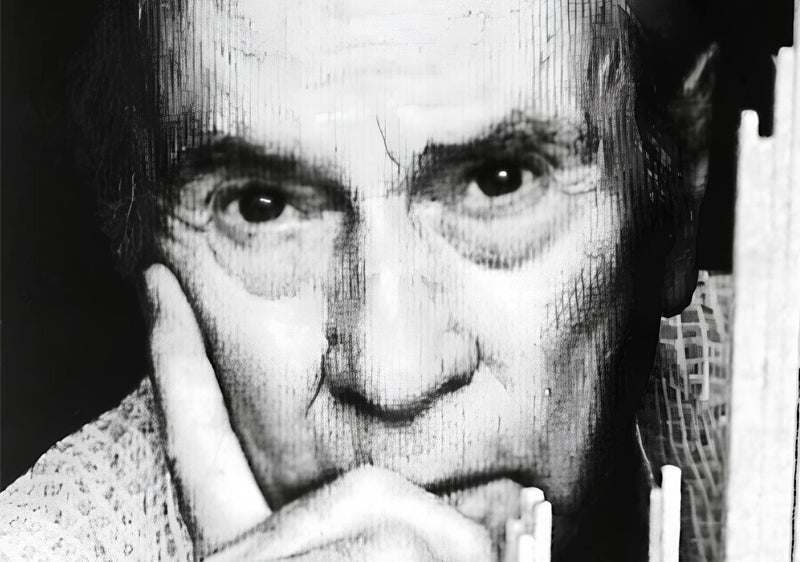
DESIGNER OF THE PRODUCT
Erberto Carboni
Graphic designer, poster designer and illustrator (Parma 1899 - Milan 1984). He graduated from the Accademia di Belle Arti in Parma with a degree in architecture (he received an honorary degree in 1921), immediately began working as a graphic designer and opened a studio in his hometown (developing advertising materials for some local companies).
He also began working as an illustrator, collaborating with some publishing houses in creating the iconography of consumer fiction volumes, and working with some magazines such as "Lidel", "Novella", "Dramma", "Emporium", "Le Grandi Firme". In 1932 he moved to Milan, where he contacted Studio Boggeri and the Olivetti Advertising and Development Office. In short, he became an acclaimed booth designer for exhibition pavilions at cultural and trade fair exhibitions: in the thirties, the Italian Air Show (1934) at the Triennale di Milano, the International Fair in Paris (1936) and the Faesite and Montecatini booths at the Milan Fair ( 1940) had graphic concepts. However, he did not stop his periodical illustration activities and "L'Ufficio Moderno" (with other graphic designers of this magazine he founded the "Amici della Razionalizzazione" Group), "La Lettura", "La Rivista illustrata del Popolo d'Italia", "Natura", "Snia" Collaborated with "Viscosa". After the war, he continued his activities as a trade fair graphic designer, especially at the Milan Fair (Italian Radio pavilion, 1950; Montecatini chemical products exhibition, 1950; commemorative decor for the 50th anniversary of Giuseppe Verdi's death, 1951; Montecatini pavilion, 1952; Rai -TV stand, 1952 and 1954, etc.) The establishment of the Italia 61 pavilion in Turin (1961) for the centennial of the unification of Italy is also noteworthy. Between the second half of the 1930s and the 1960s, Carboni also prepared advertising campaigns for many famous companies, often signaling their growth or strength in the market. We especially remember the campaigns Olivetti (1935), Shell (1937), Motta (1939), Rai-Tv (since 1948), Barilla, Bertolli (since 1952) and Pavesi (since 1958). In advertising communications, Erberto Carboni brought his attention to the architecture of the page, which stemmed from his experience and work as an illustrator, but more so from his collaboration with Boggeri, his friendship with Herbert Bayer, and his ideal fit with Bauhaus themes. He has won numerous awards such as the National Advertising Graphic Award, the National Exhibition Design Award, the Palma d'Oro in advertising, the Milan Triennale Grand Prize. In the last period of his life, he reduced his activities as a graphic designer and turned to sculpture and painting, exhibiting in some art galleries and in the Venice Biennale in 1972.
Discover Arflex Products
- Related products
- Recently Viewed

